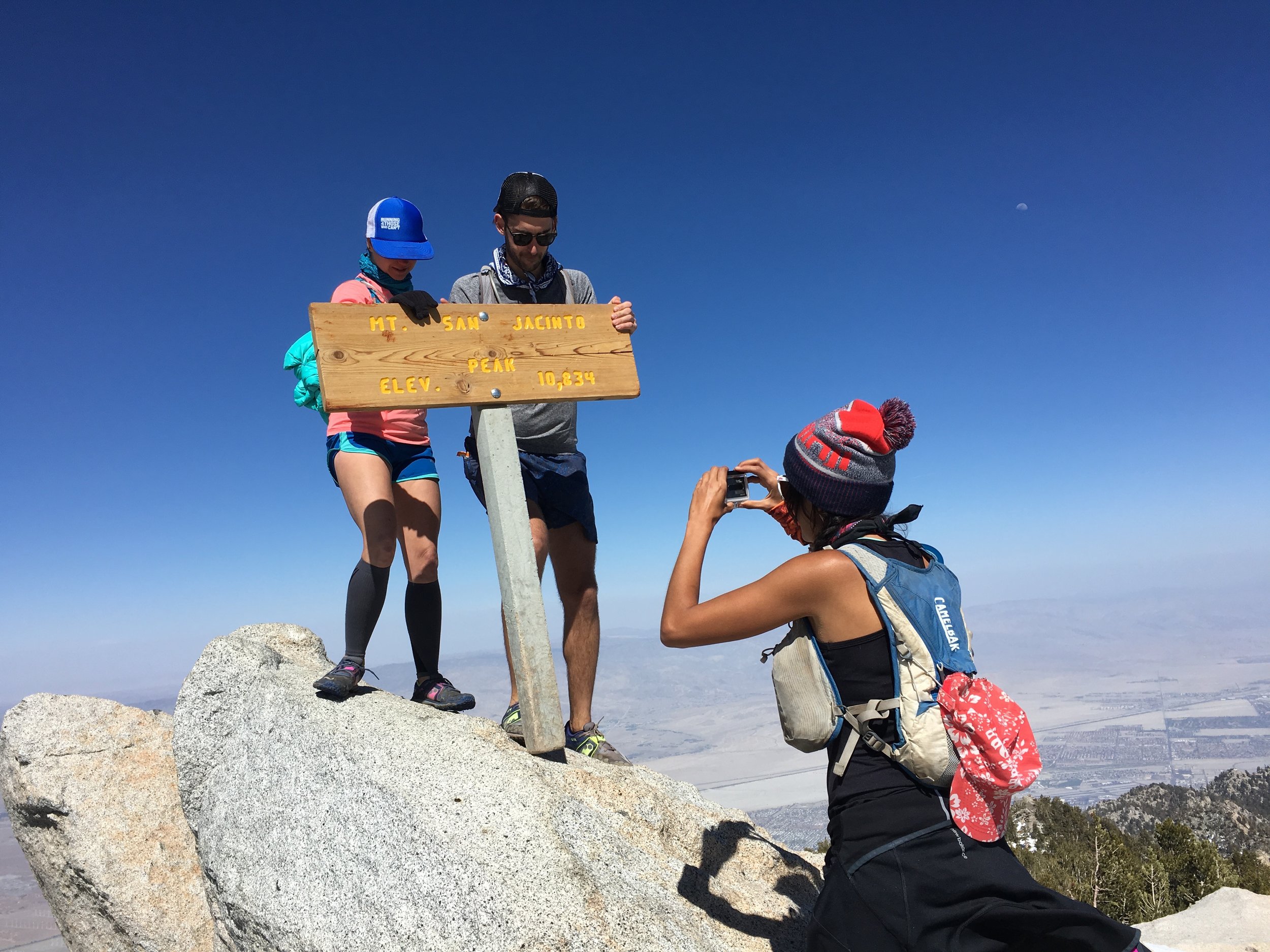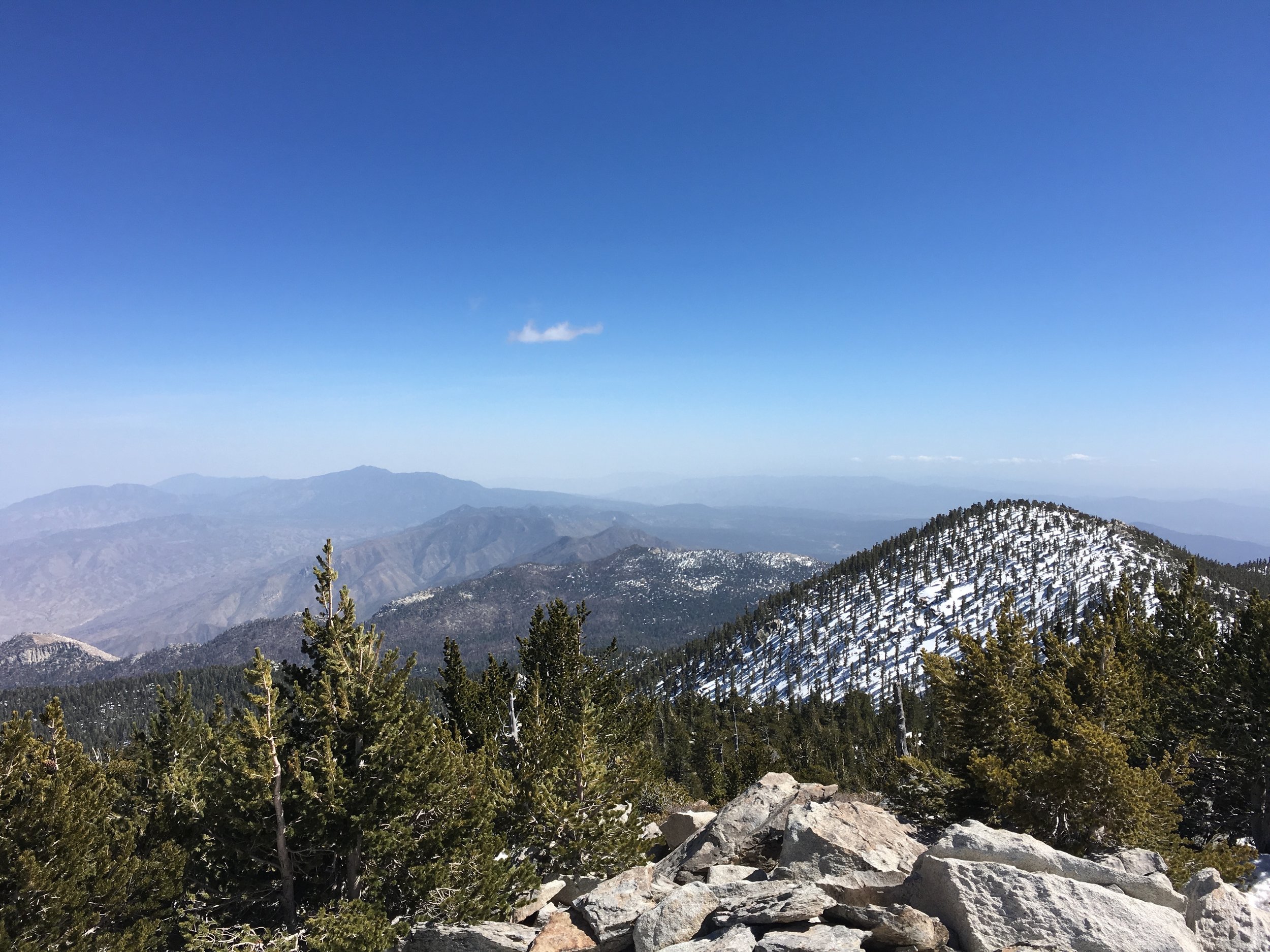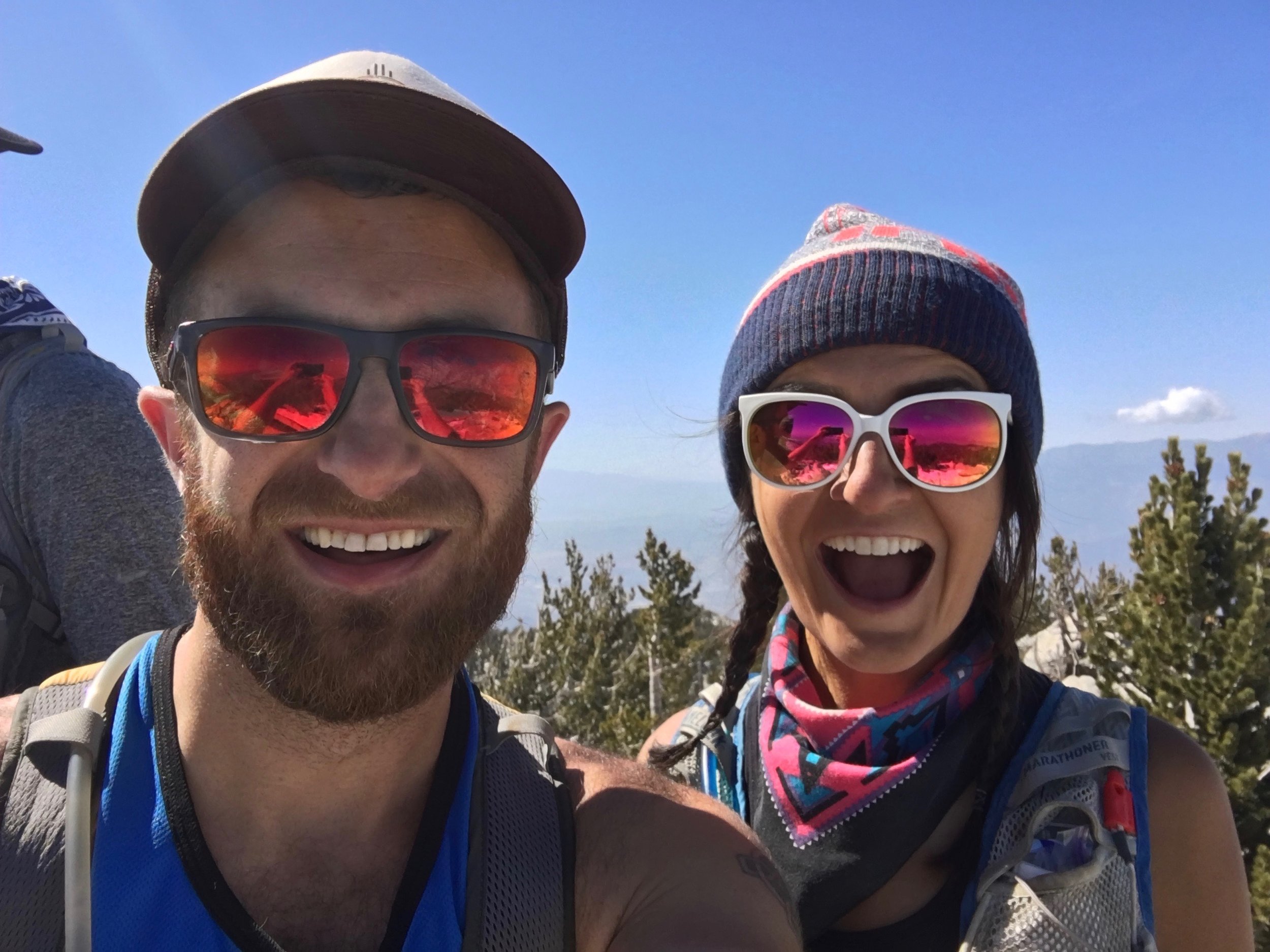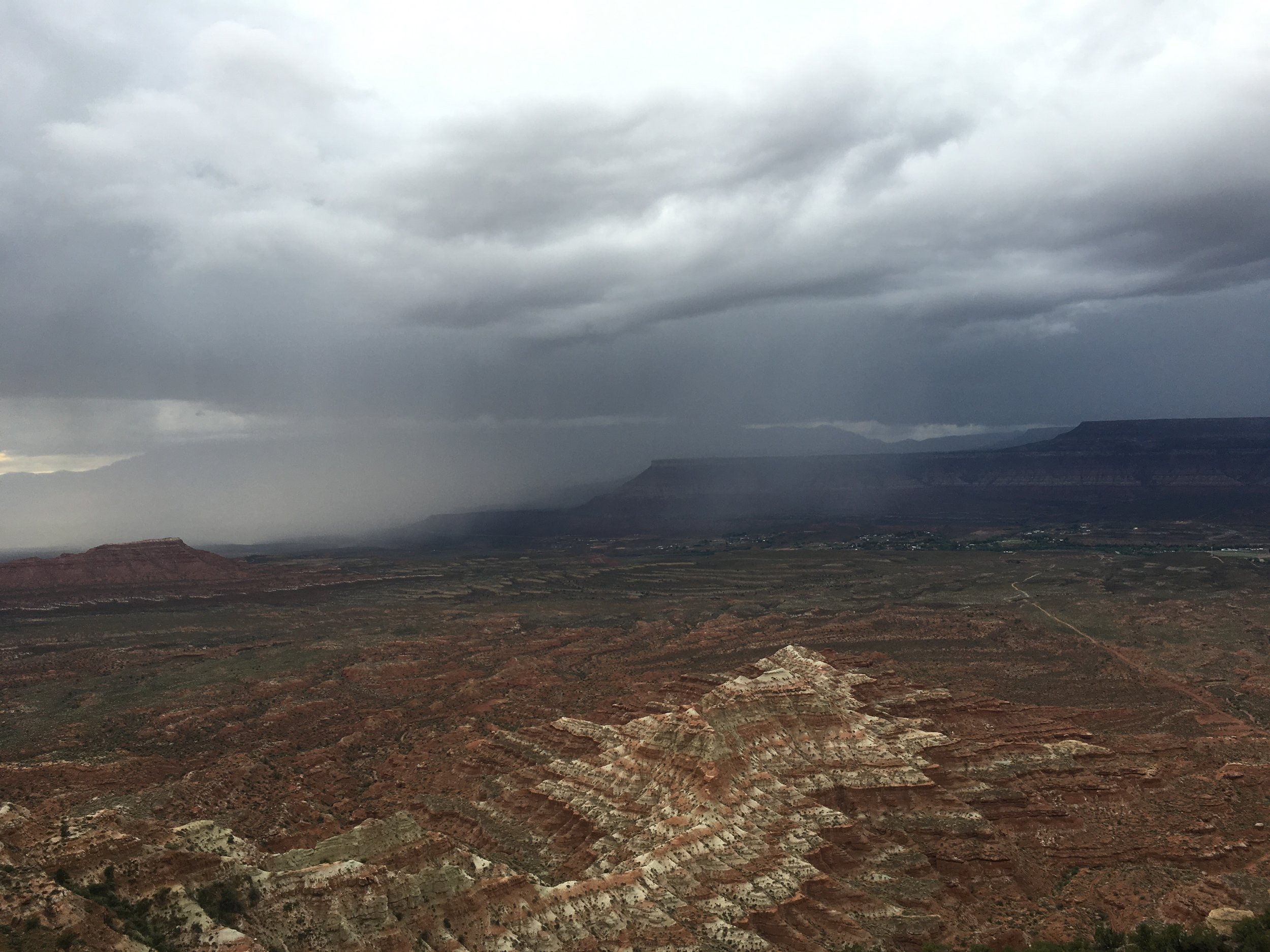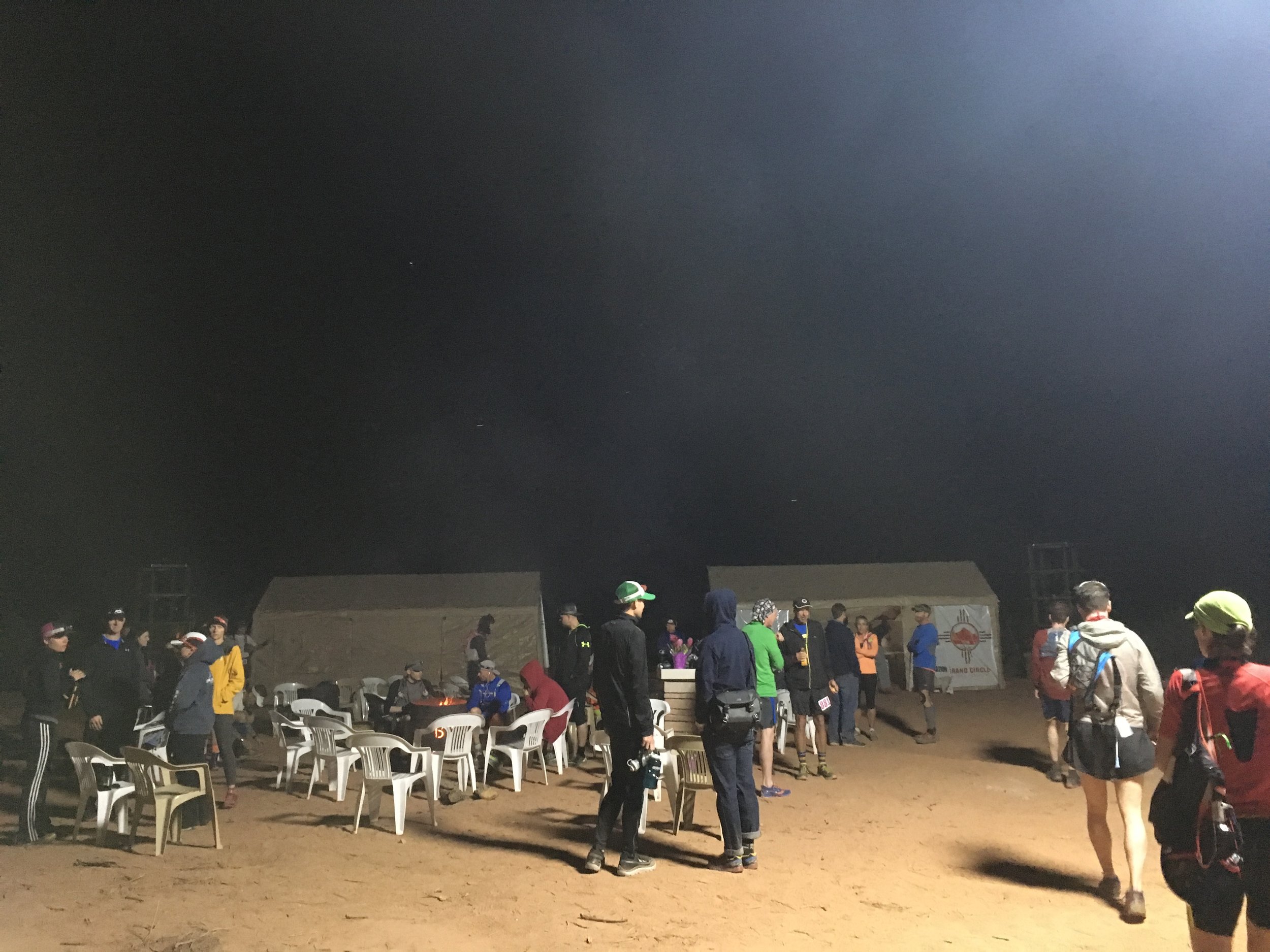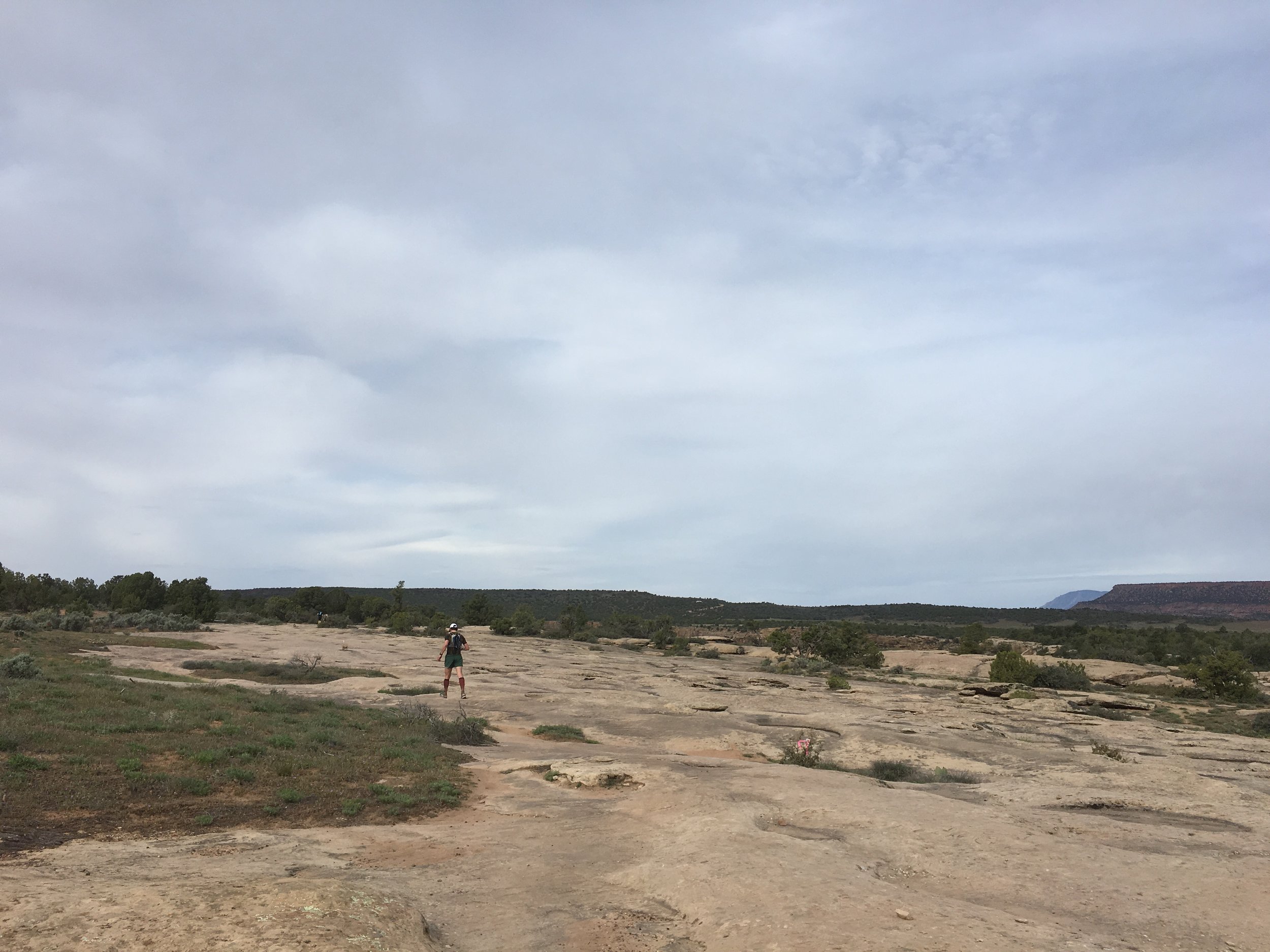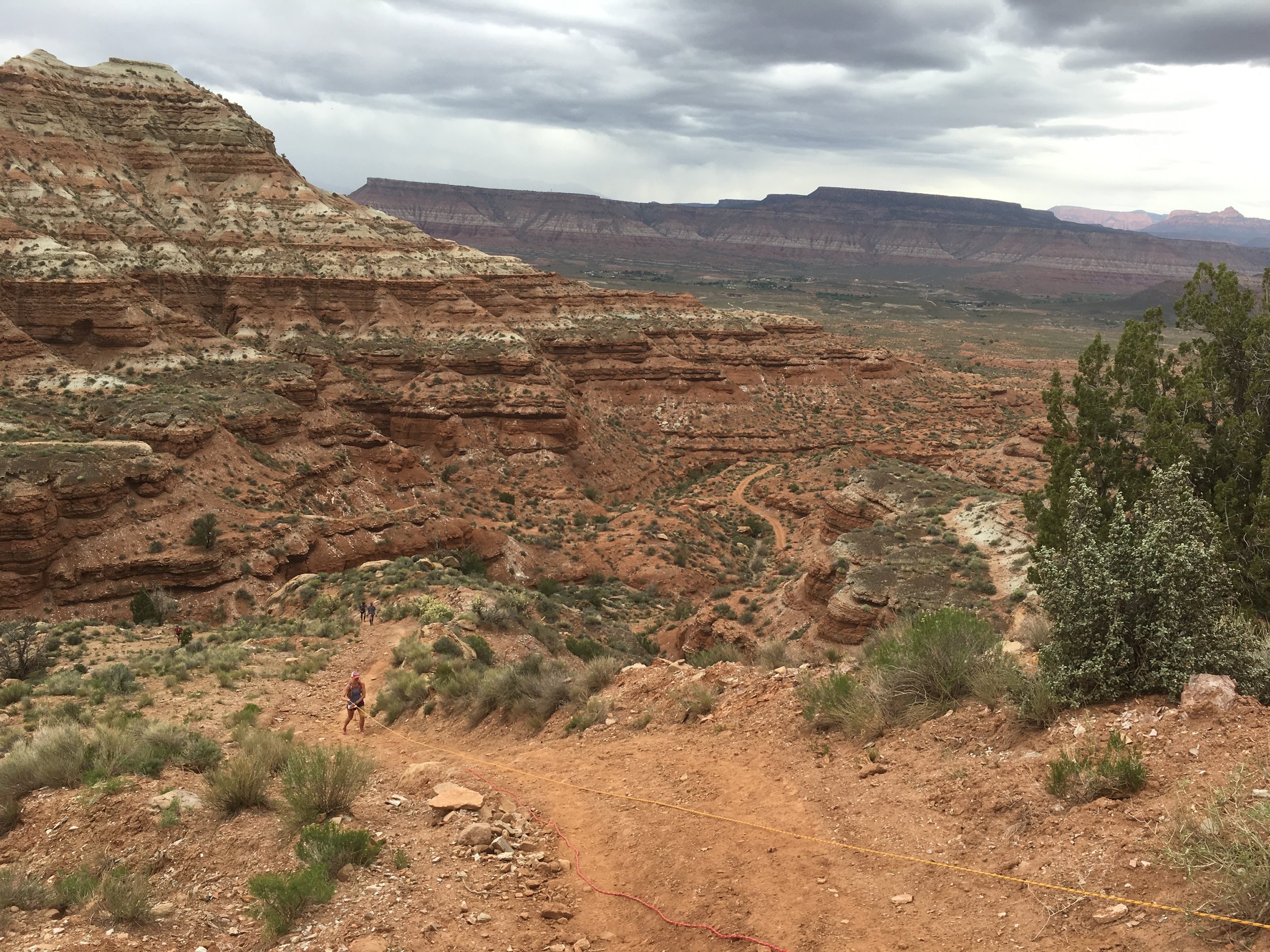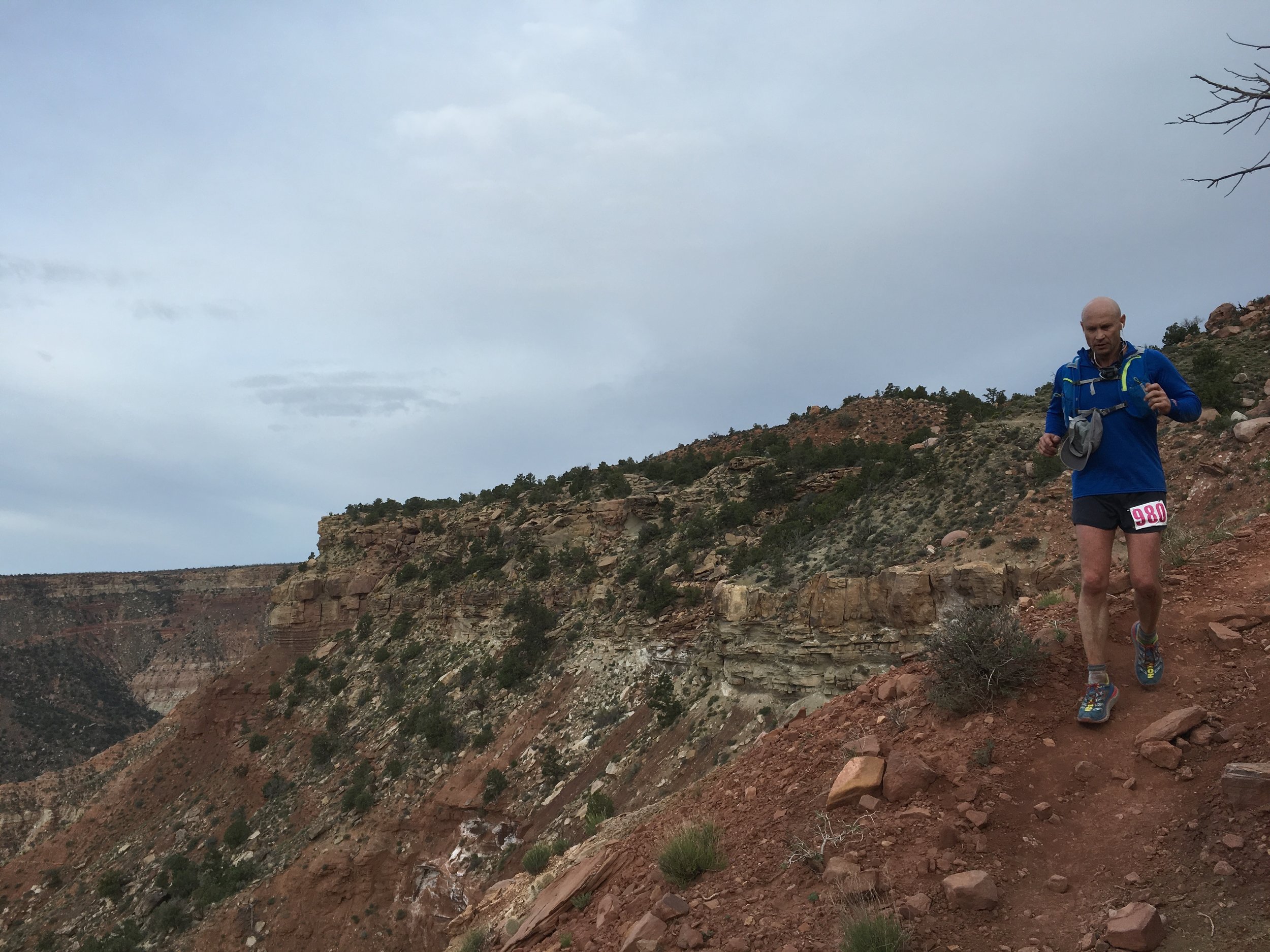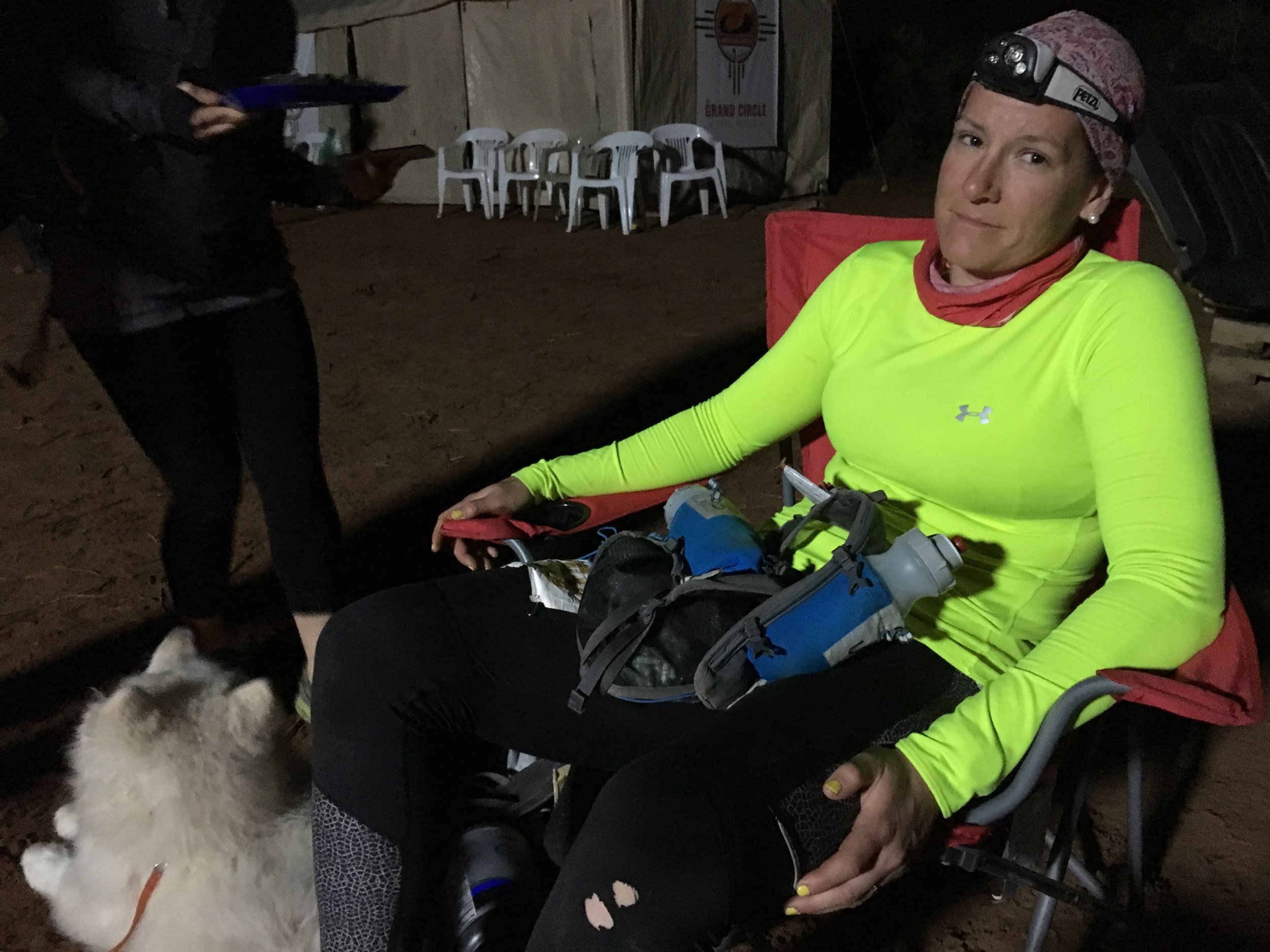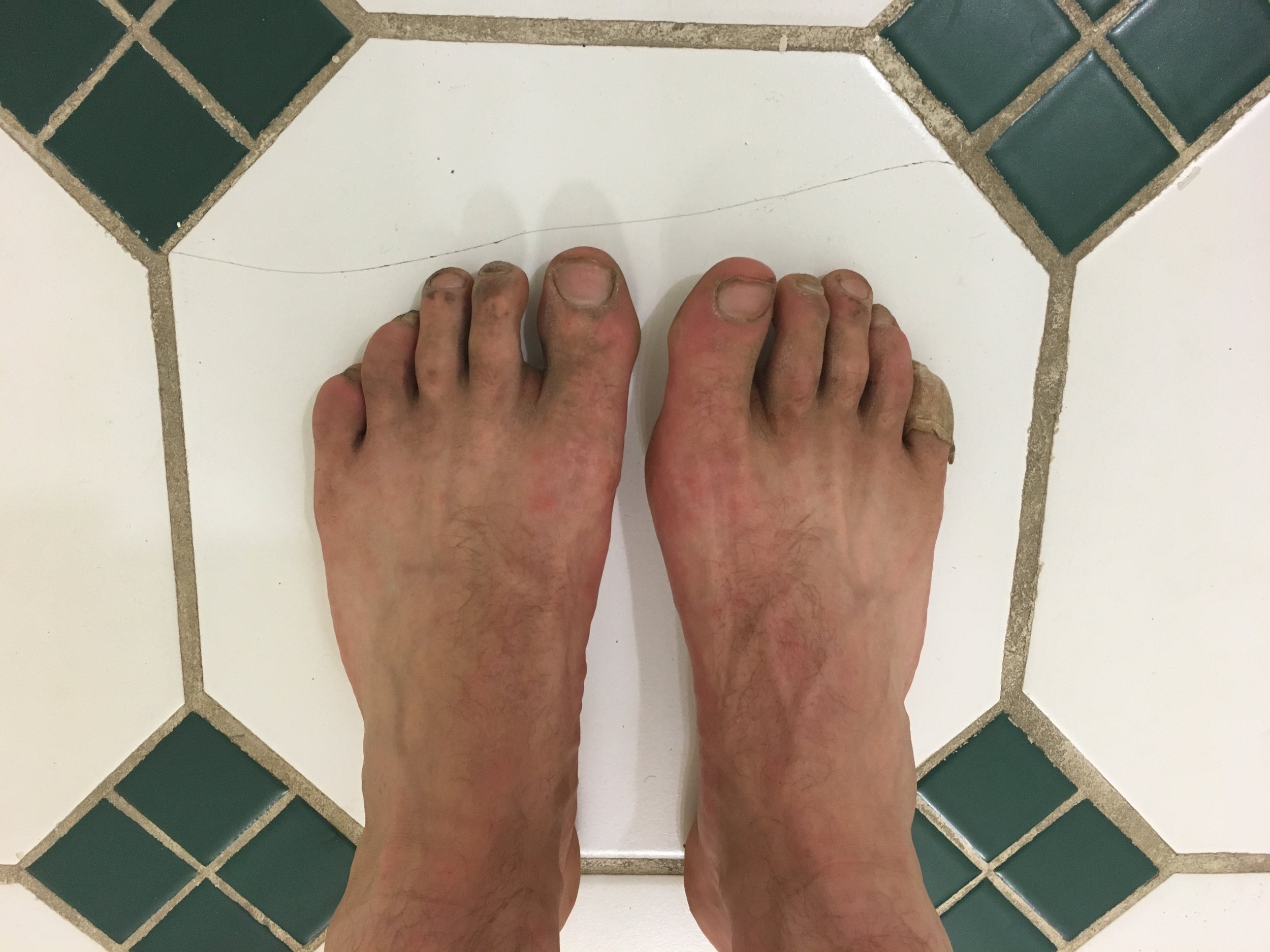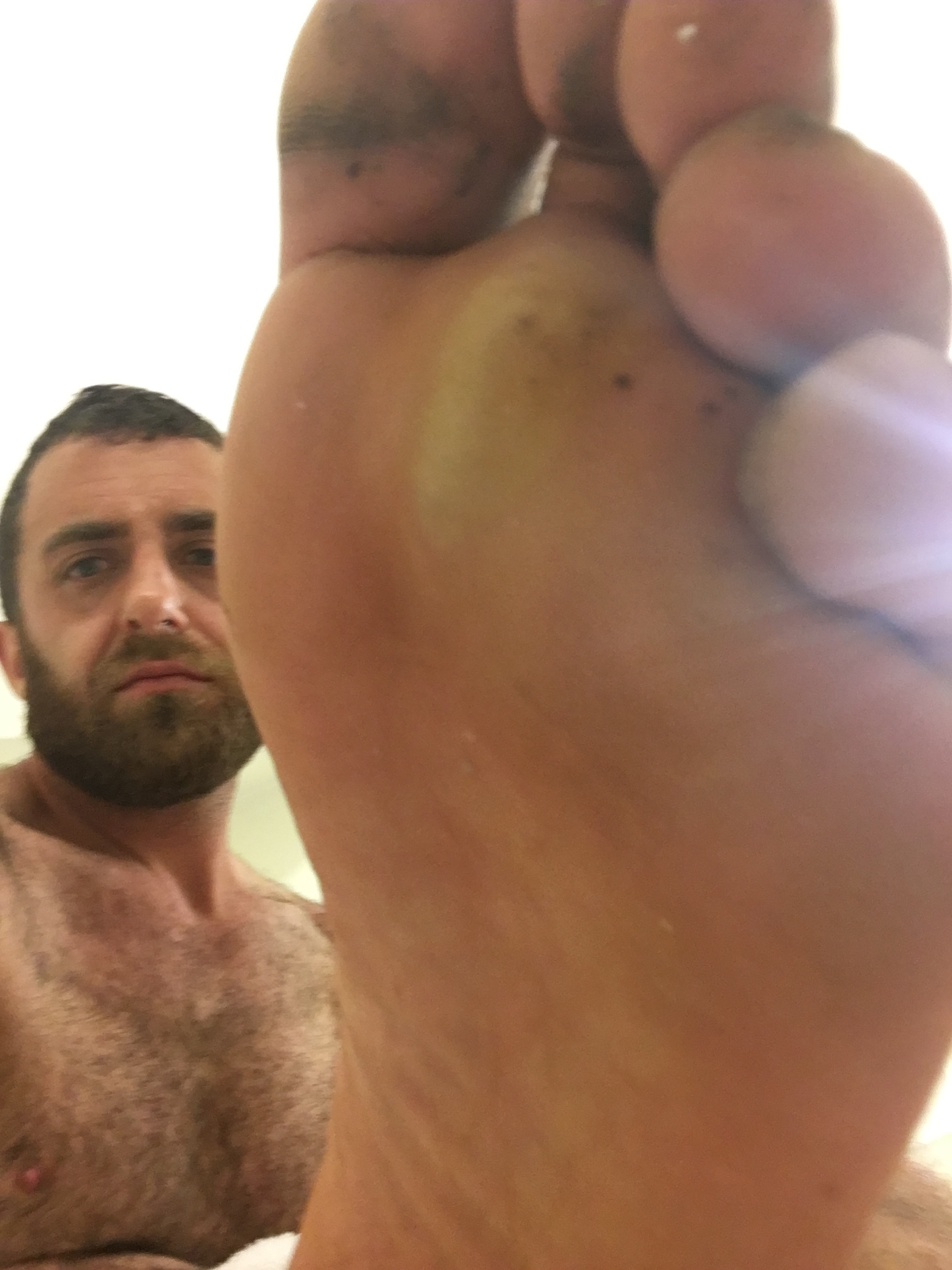It was mile 75 and I had struggled for just too long. The mud and unending rain made it fruitless to continue at the 2019 Bear 100. I’d been running the race since the prior morning. While the first 50 miles flew by without event, the Friday evening thunderstorms and downpour turned day two into a slippery, muddy mess. I knew my chances of making it to the finish line before the cutoff were nill. At Bear Mt Lodge, after 26 hours of effort I threw in my town. You can rewatch my failure here.
DNFing Sucks
This disappointment stuck with me for the next few months. So, when registration opened back up for Bear I knew I had to avenge my DNF and signed up for the 2020 race. Little did I know that a pandemic would break out the next spring, cancelling races and training runs, and planting me at home for months. My normal training routine involved completing a series of progressively tougher races leading up to the “big” one. Well, after COVID, the only two events still on my calendar were the mighty, Never Summer 100K in Utah, and Bear 100. From couch to 100, that’s one steep ramp up in miles!
First up, Never Summer
Like much of 2020, I played it by ear due to COVID and the economic downturn. While I had registered for the 100K race I didn’t emotionally or mentally commit to running Never Summer until the start of June—leaving me seven weeks to train for the end of July event. At the time COVID was receding in many places and the race directors who still had events put in rigorous precautions. Once I decided to give it a try, I ramped up my training, completing miles every day around town, and spending the weekends on longer outings across Washington.
To my fortune, I overcame a giant training and racing deficit before Never Summer and finished this high-elevation adventure—ending just a few minutes into my 39th birthday. Happy Birthday… can I now sit down? Rewatch my 2020 Never Summer 100K experience.
Can I ‘Bear’ It
As August rolled to a close, I had a hard reality to confront. I had to decide if I was going back to Logan, Utah to attempt this amazing, but tough point-to-point run again. Mind you a 100K is tough, but doable. A 100-miler is twice as hard emotionally and physically, and that is in good weather.
Last year was physically punishing. Cold temps, violent thunder and unending mud and rain made me question if I even had the heart for the 100-mile distance anymore. After COVID, all the other cancellations and getting older, slower and fatter I questioned…could I even do this anymore?
Just two weeks out from the September 25 race, I made my decision. In a year with so, so many unfortunate things (COVID, economic downturn, social unrest, etc.), I didn’t want to add another to the heap. I HAD to run this race and experience some glimmer of the community I loved so dearly.
Sleeping in the bed of my F-150 a few hundred yards from the start of the race.
I used a free airline ticket from my girlfriend (work benefit—woot!), and hopped a flight to Salt Lake City. Budget Rent-a-Car couldn’t fulfill my request for a Dodge Caravan—my adventure-mobile of choice—so they hooked me up with a big ‘o pickup truck. I drove my F-150 to the local Walmart, picked up provisions and then headed to Logan. Because I had run and DNF’d the race the year before I already had a plan for where to park and sleep the night before the race and the logistics of the event. I knew where to leave drop bags and pick up my race bib. The only major change from 2019 was the weather forecast: no planned precipitation. JOY!
I knew I could get through a cold night, but also knew that this soil turned into a clay slip-n-slide after the smallest amount of rain. No rain meant a finish might be possible.
This year, I was hopeful!
Runners climbing up out the canyon outside of Logan, Utah
The race began Friday morning as expected: cool temps and minor nerves. Runners started in waves a few minutes apart as part of the COVID precautions. We also were required to wear masks at aid stations, and not touch food directly. Just like the year prior the volunteers were kind and caring. Runners were social, but COVID makes everyone a little more stand off-ish.
However, unlike the year prior… I was slow.
The weather was perfect and I was moving and efficient with any stop I did take. I just found no “go” on the uphills, and barely found speed on the downhills. Despite my undertrained body, I progressed through the course like I always do: 5 simple miles at a time. And then another. This eventually added up to mile 75, Bear Mt. Lodge, the same place I had dropped 12 months prior. This time though the weather was dry and clear. I wasn’t 100% fresh and had to take four or five short 5-minute naps next to the trail to get through the night. Luckily thought, I didn’t feel broken or injured—a common occurrence this late in a 100-miler. I knew if I kept moving, and wasn’t surprised by anything TOO harrowing in the final 25% of the race, I would finish.
After posing for a photo at the Utah-Idaho border for a quick memory, I kept moving on.
The weather was amazing. The trees and landscape made the hours fly by. It is amazing how the day melts into the night so effortlessly.
A quick pic at the Idaho-Utah border on this 100-mile, point-to-point run. How cool that we can travel like this with our bodies?
Inspired by Howard
At the end of the race I met a runner named Howard, an 18-year-old senior in high school. I’ve run with young ultra runners before, but never an 18-year-old at a 100! This is an old man/woman sport with slowpokes like me.
Howard was from SLC, and had a fantastic calm and confident demeanor. While this was his first 100-miler, Howard didn’t seem scared or cocky. He just seemed at peace with the journey he had signed up for. While I had finished 100s before, in that moment I felt inspired by HIM!
“I CAN do this!”, I thought.
Thanks Howard!
The two of us visited the last aid station at mile 92, then started the final climb—a near vertical ascent up 800ft ATV trails. That’s where Howard’s hip started to give him trouble. While just a few miles before he was pushing my pace, I now passing him. Howard began limping in pain as he dragged one leg behind the other.
“Are you hurt or hurting?” I asked.
“I don’t know” he replied.
He wasn’t sure what to do. Without an easy escape from the ridge, or a more severe, acute injury Howard decided to keep moving, but slower. I wished him well and started the descent into Fish Haven, ID.
Almost There
To say this is a dramatic drop into town would be an understatement. If you haven’t witnessed this first hand you’ll just never understand how dramatic the drop. You have to VERY cautiously step down one foot at a time to manage the extreme grade. This is one of the steepest downhill trails I’ve ever experienced. Within just a few miles you drop almost 3,500’—and it shows.
Just before exiting the trail system and linking with the road into town, another runner with white hair passed me with speed.
In a kind voice he offer, “Come on, let’s finish in under 35-hours.”
Never someone to turn down a challenge, I fell in behind him and turned my shuffle into a healthy run. We bolted the last two miles and finished in parallel at 34:47:38, earning 187 out of 207 finishers. Best of all, I was there to see Howard across the finish before the 36-hour cutoff. While in pain, he pushed through and earned his first buckle. Amazing and inspiring. Wow.
It took me 175 miles and two years, but I got this buckle. (And yes, I was slow.)
The End…Maybe
I flew back to Seattle with a grin on my face. 2020 sucked. There was so much to worry about. However, I confronted this challenge and beat it. Earning my seventh 100-mile finish felt amazing. But it also made me ask if the “juice was worth the squeeze”. This was crazy and wonderful, but it also took a lot of time, money and energy, and really, two years to complete. What if I had placed that time into another non-race adventure? Multi-day hikes, or self-directed adventures like an Ultrapedestrian Wilderness Challenge? Would that be even more rewarding?
I don’t know, but I do know that I swore off 100-mile races on Facebook the week I got back. I pledge to not sign up for another one of these and to focus on shorter distances—runs I genuinely love. Let’s see if I hold myself to it.
Runner Gore
Outside of being sleepy, I really didn’t suffer too much at this race. Honestly. I just was so slow and couldn’t breathe that I guess I saved myself from trashing my legs. That is unless you count this minor blister.









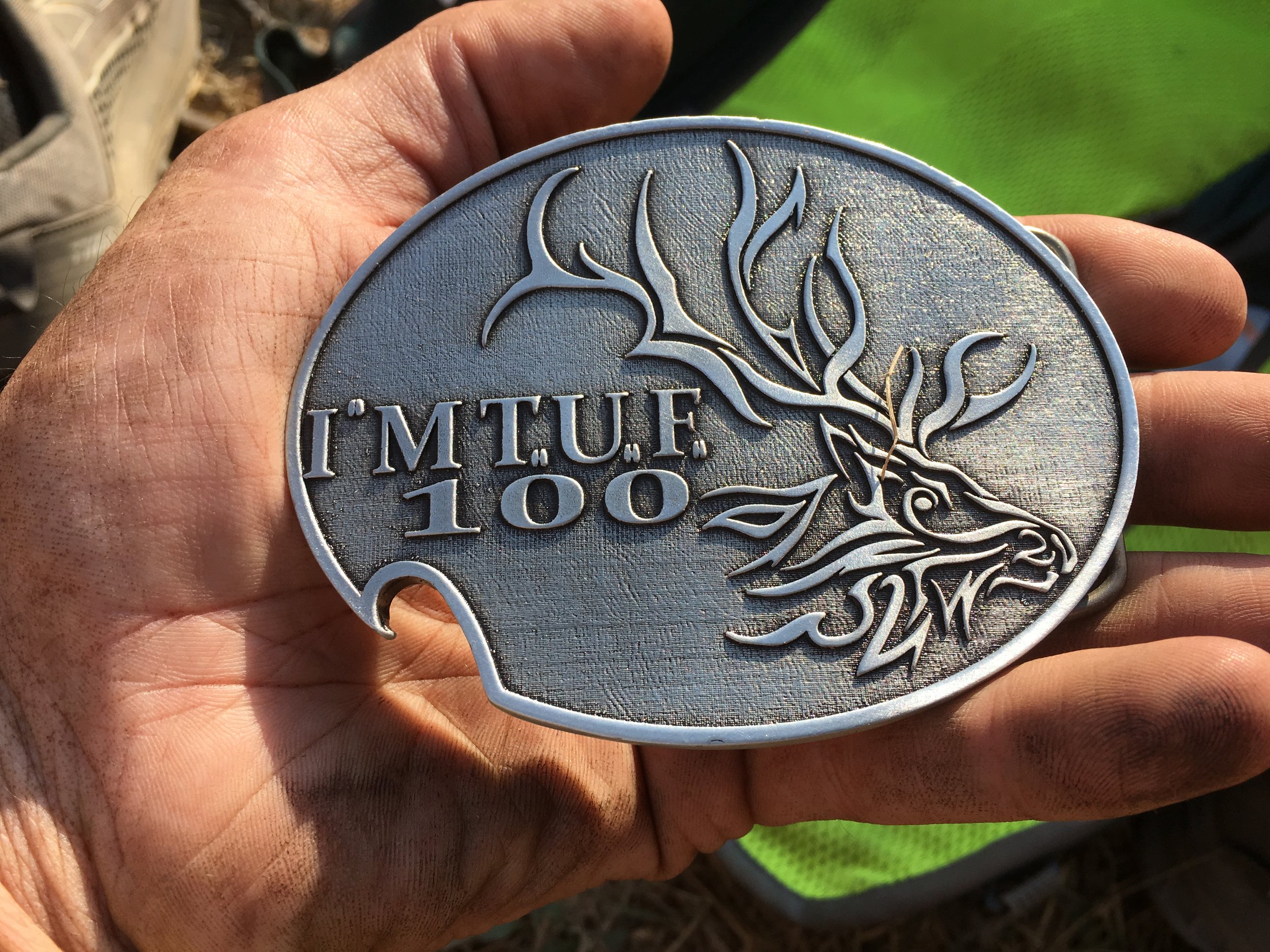
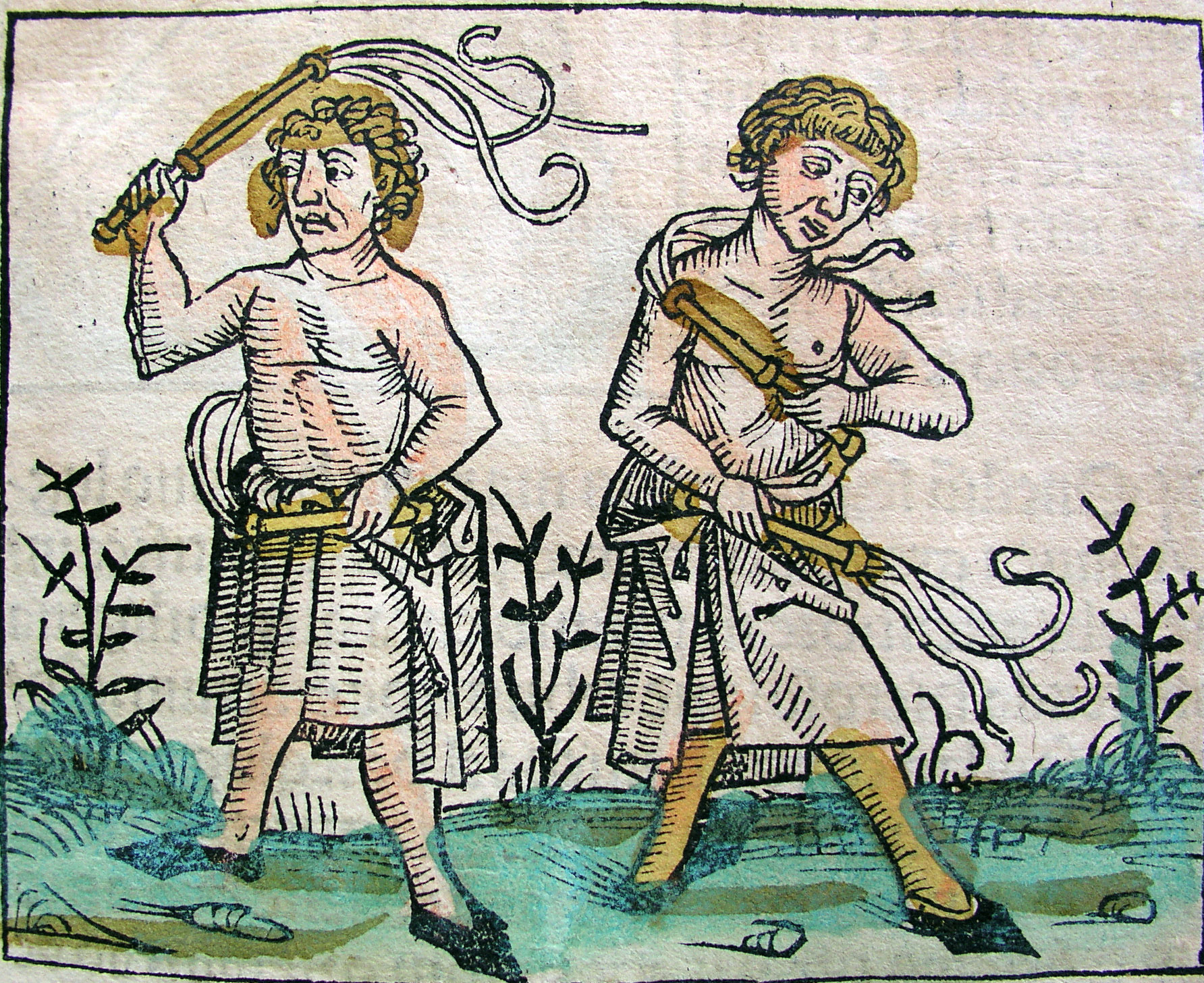











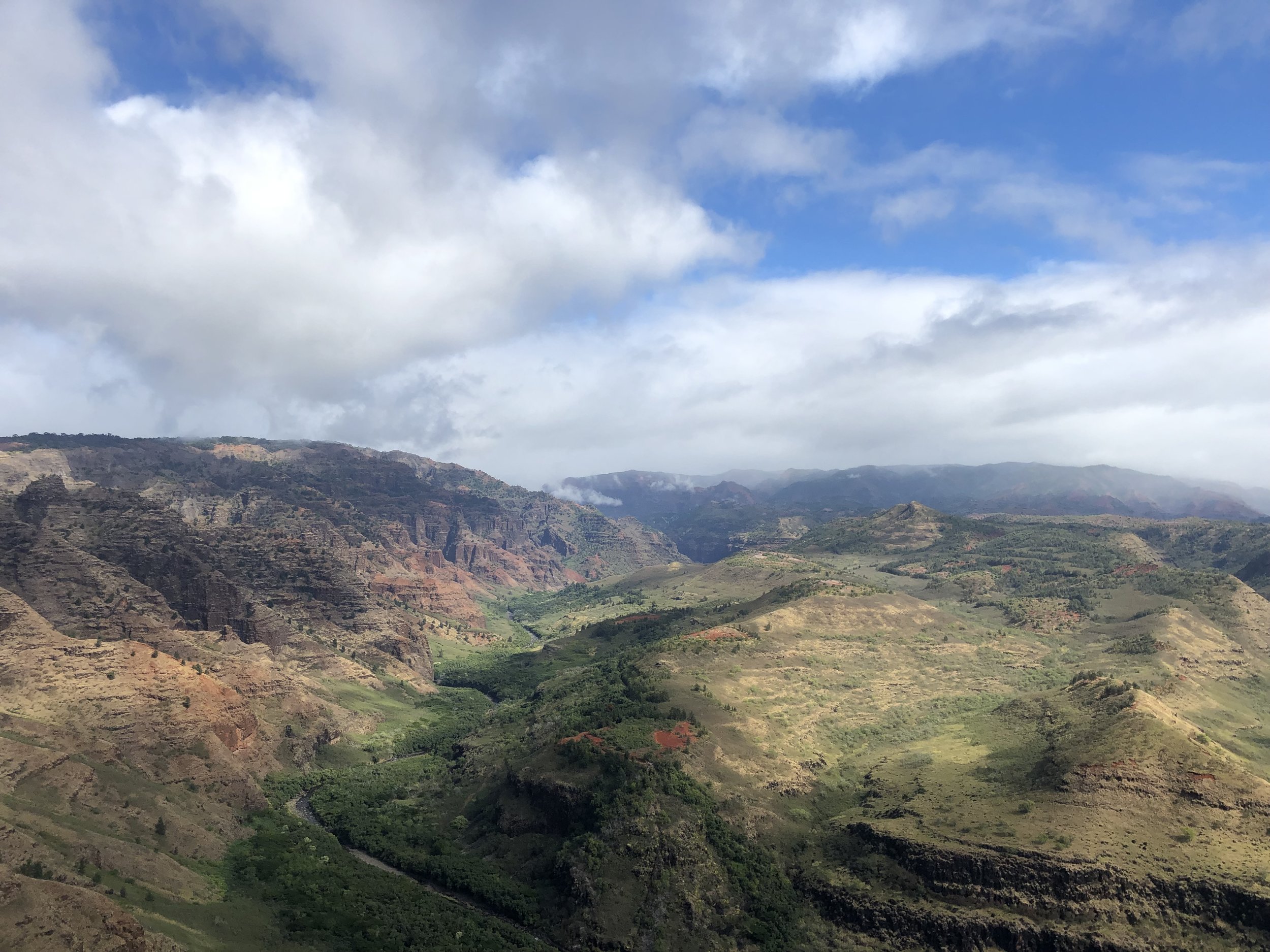















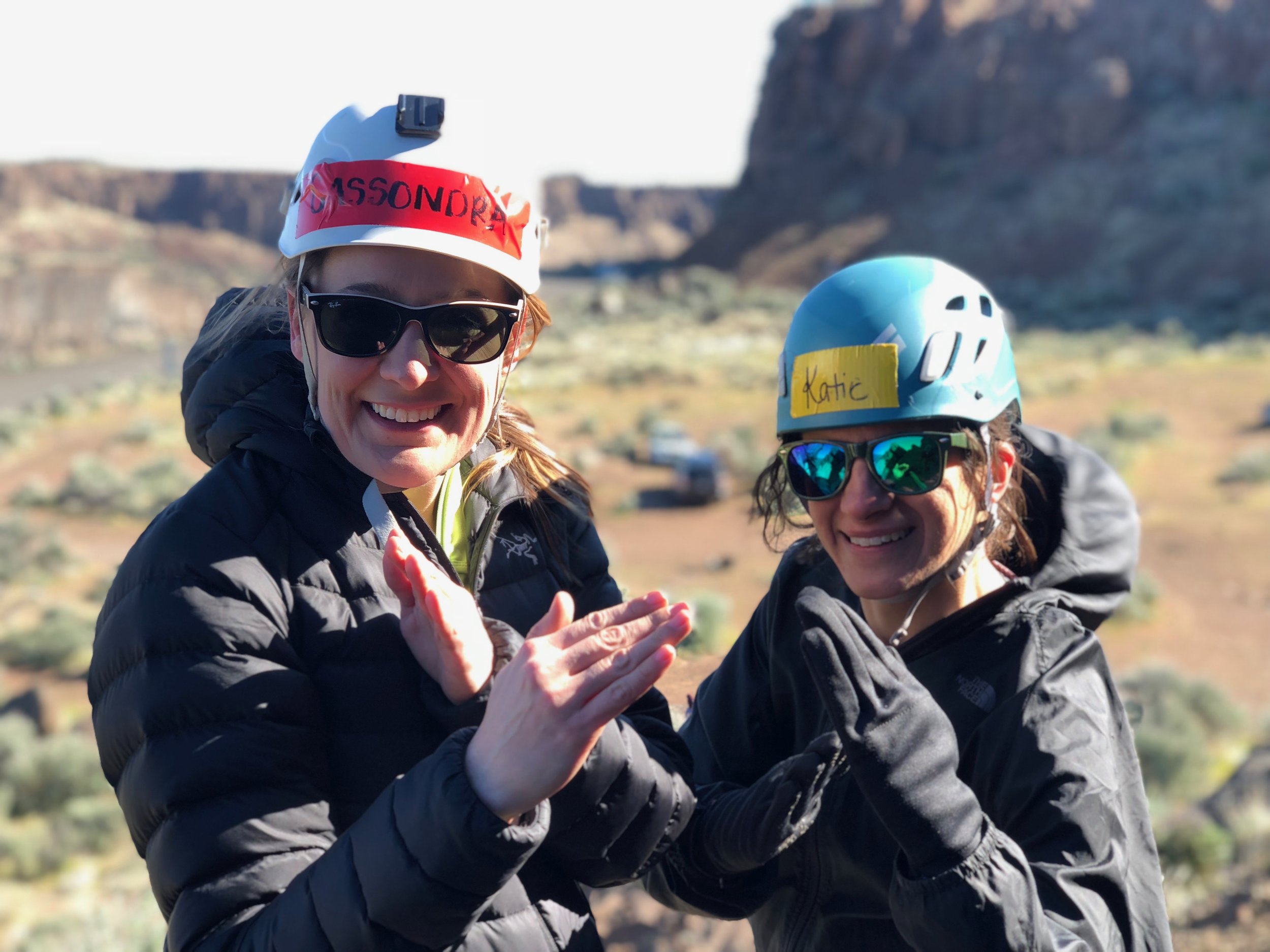


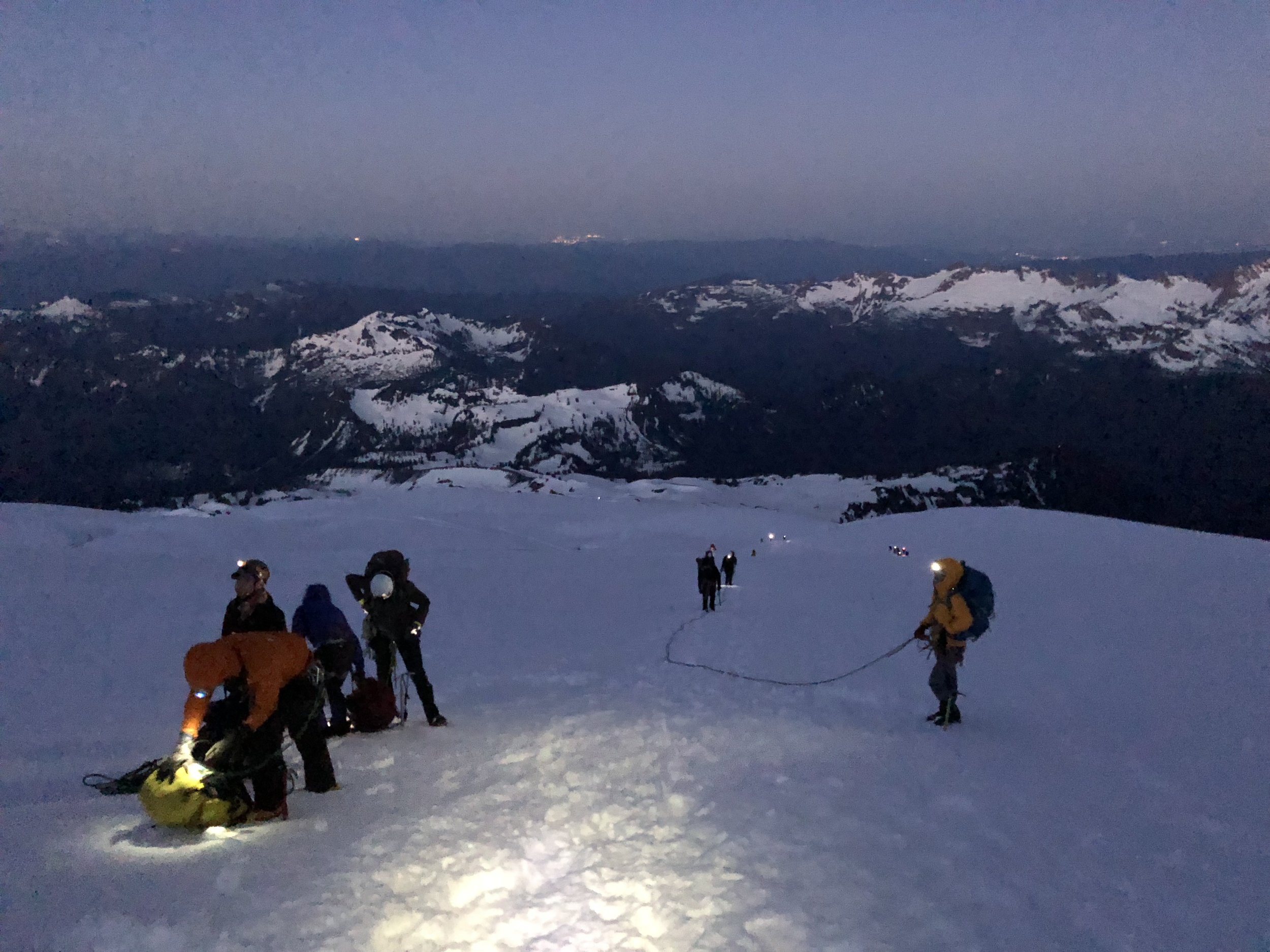




































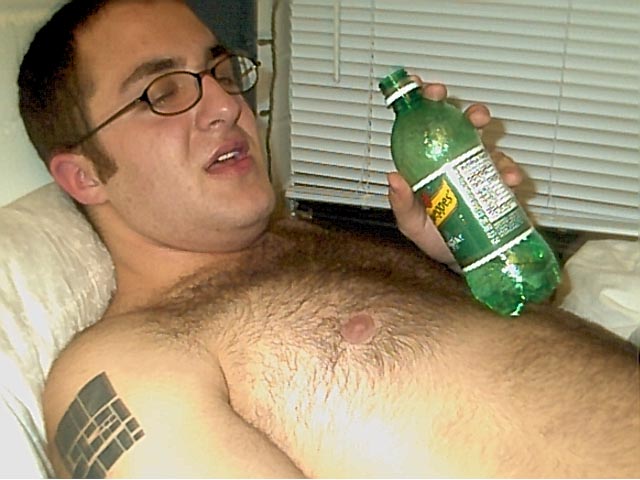




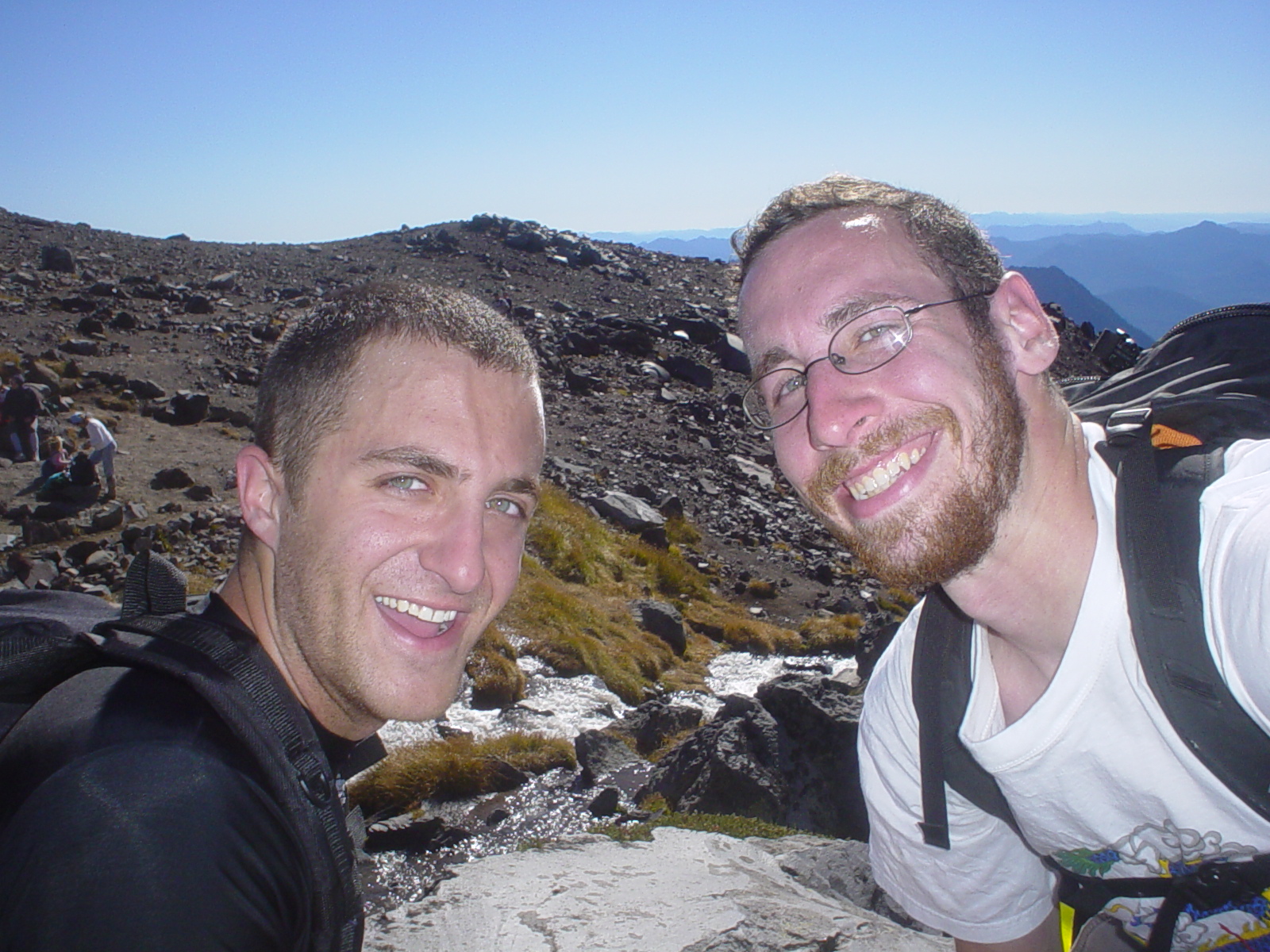













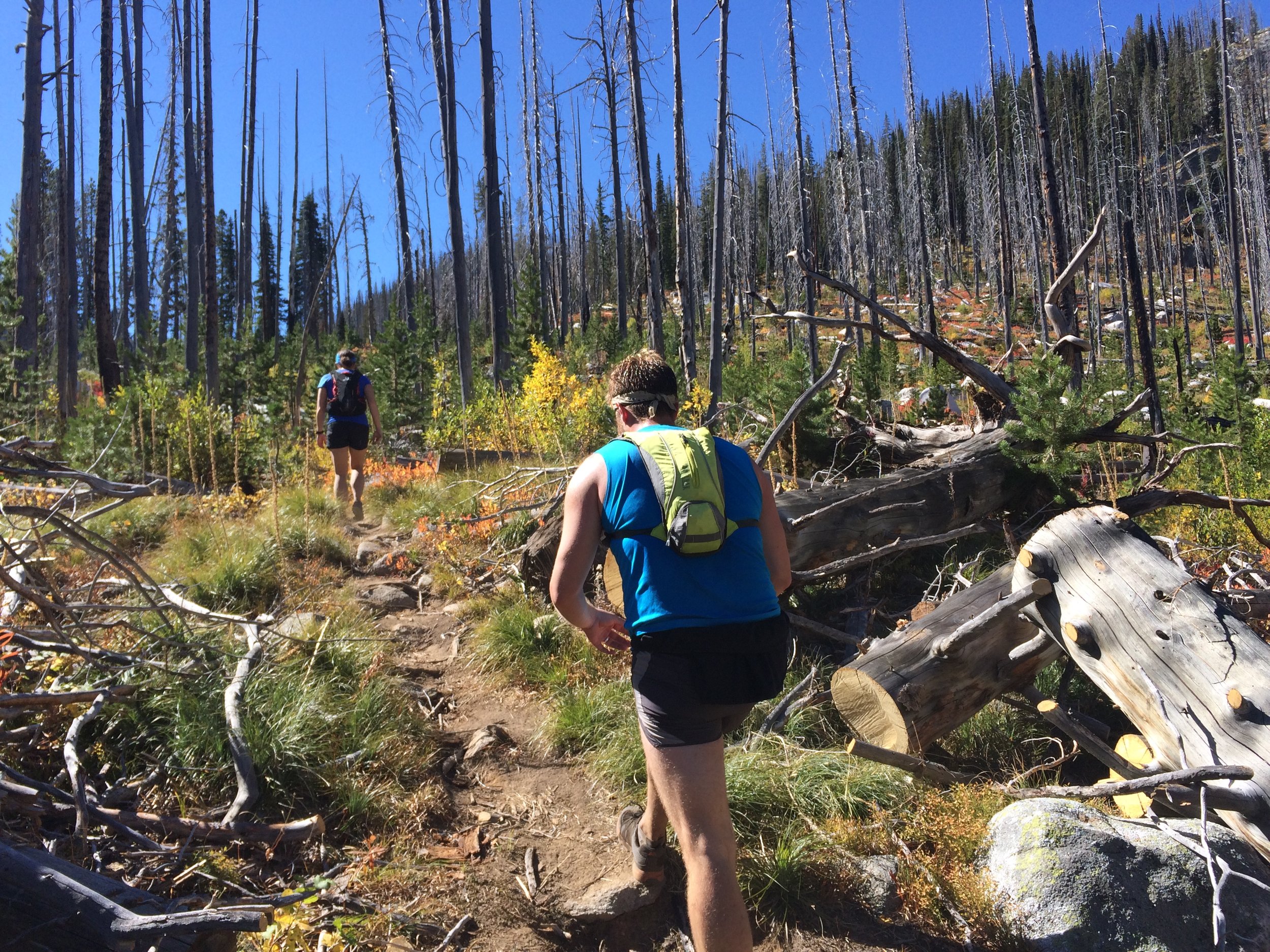




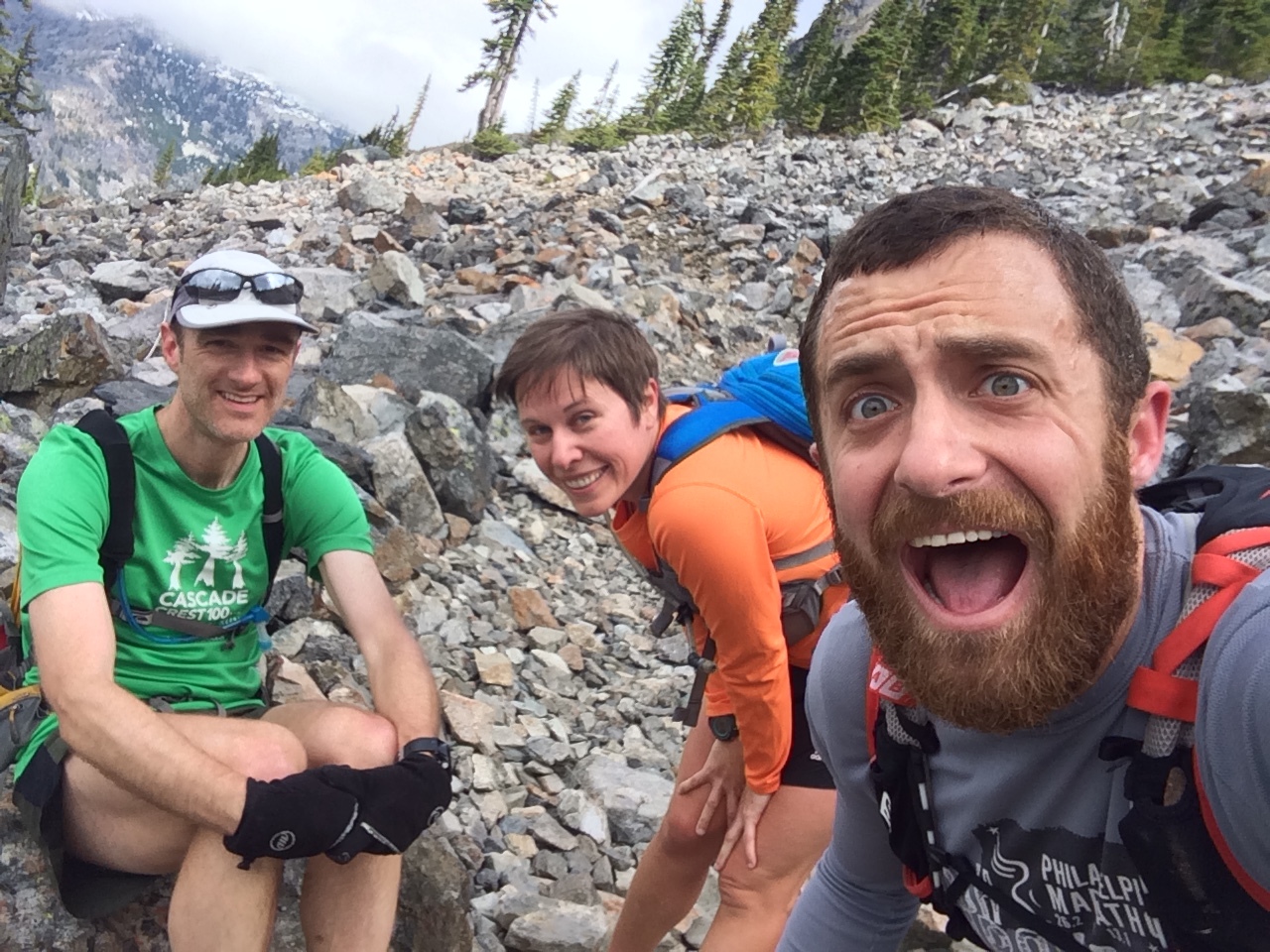



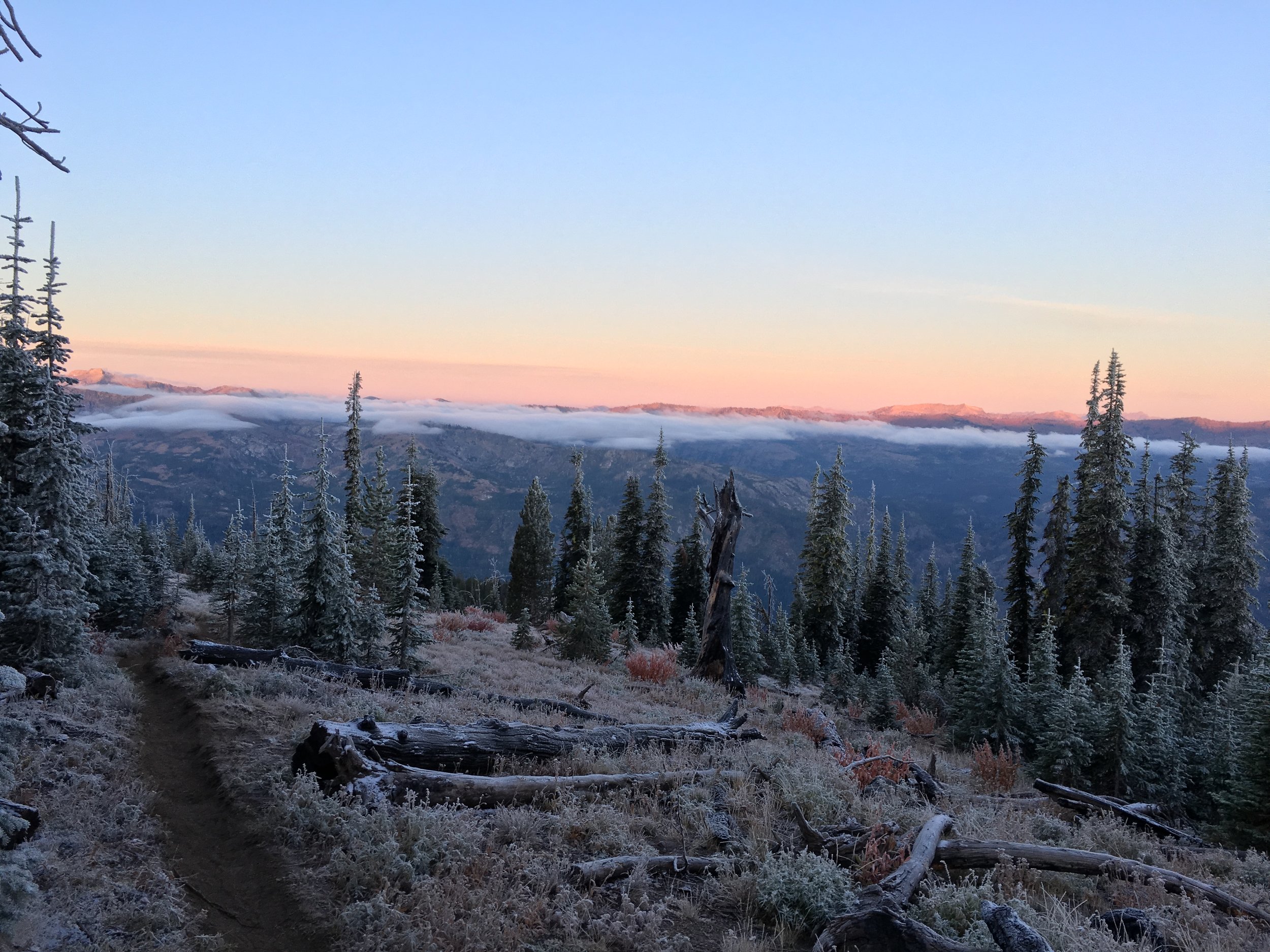


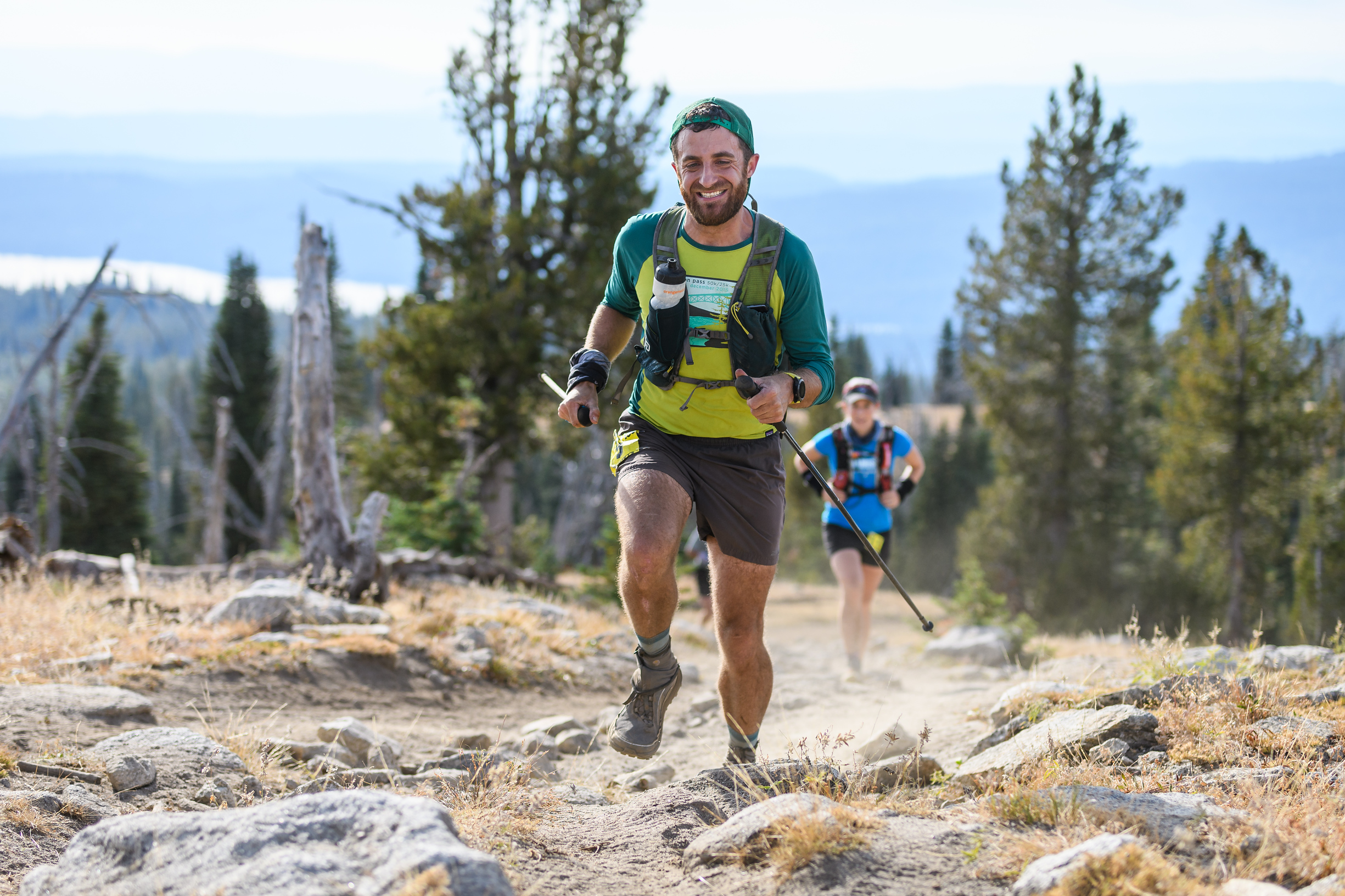









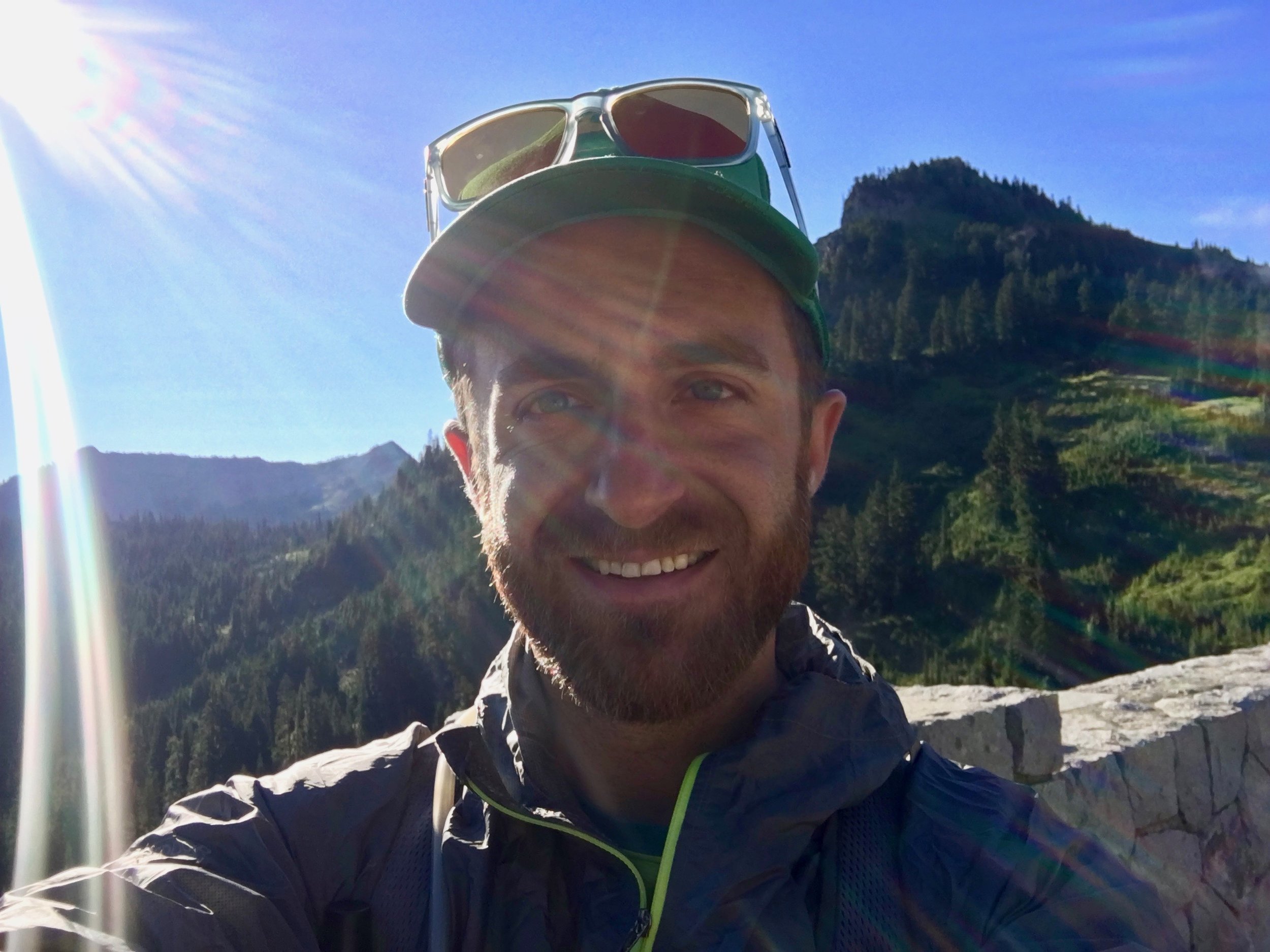 While it was one of last year’s
While it was one of last year’s 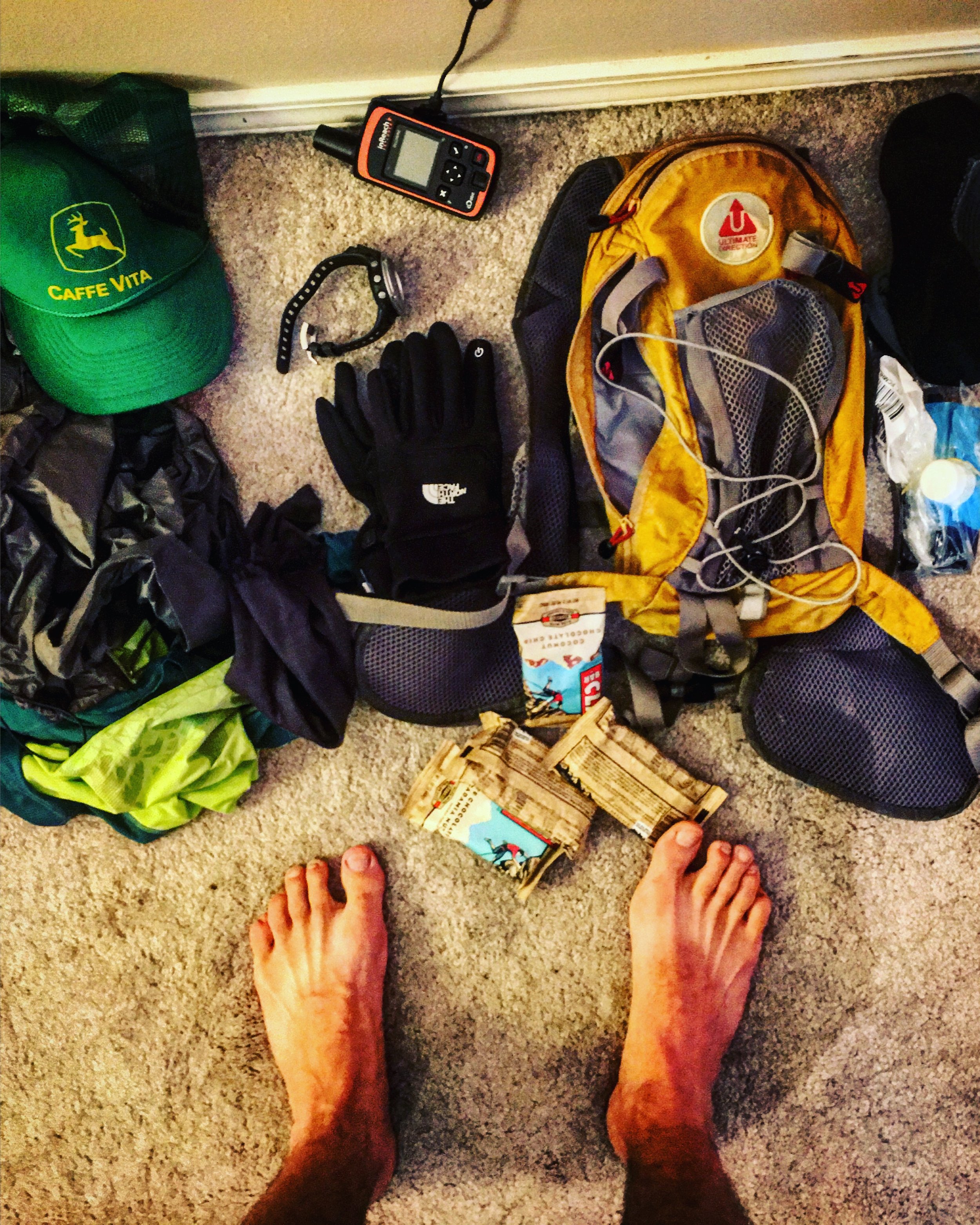
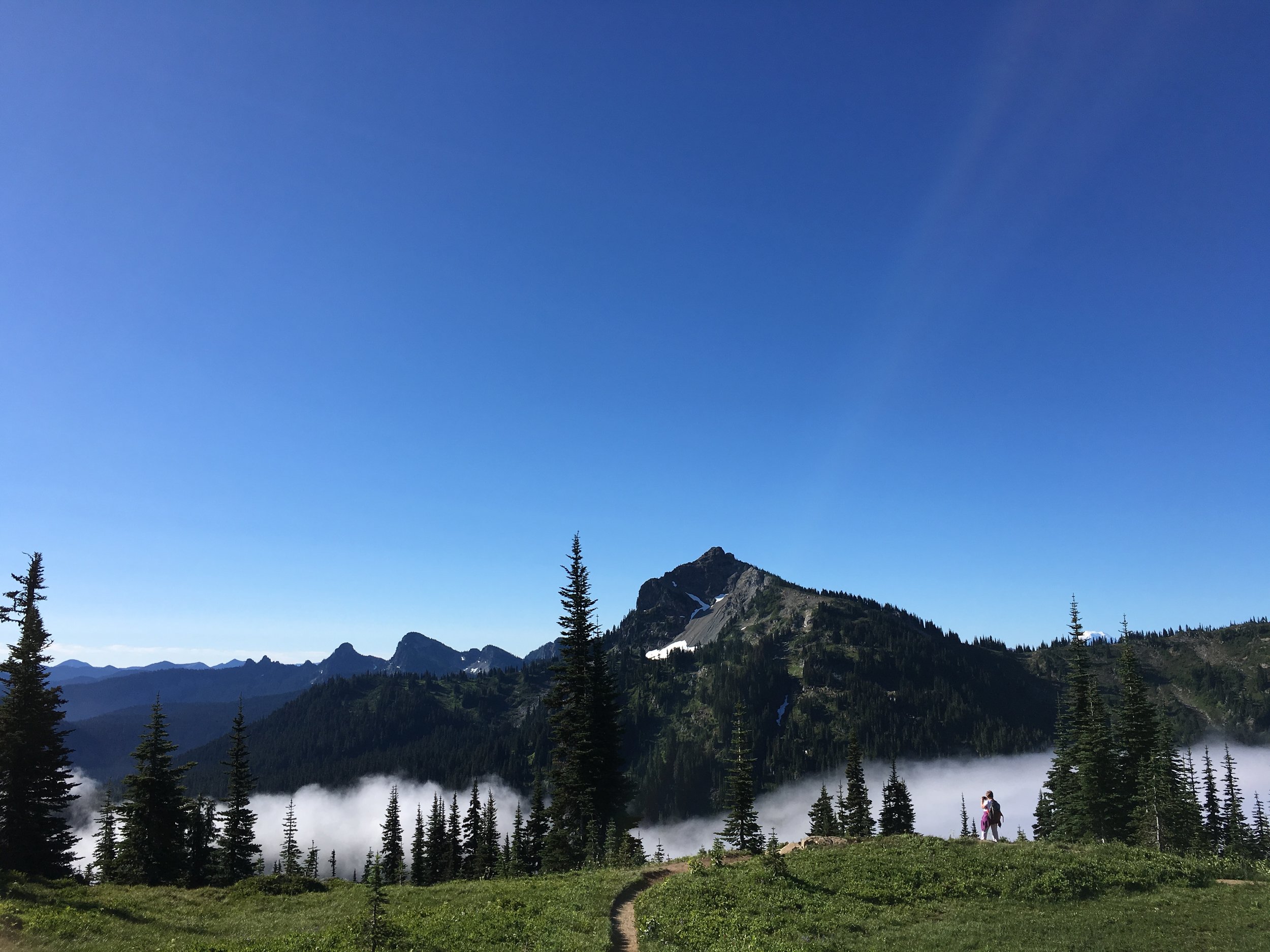

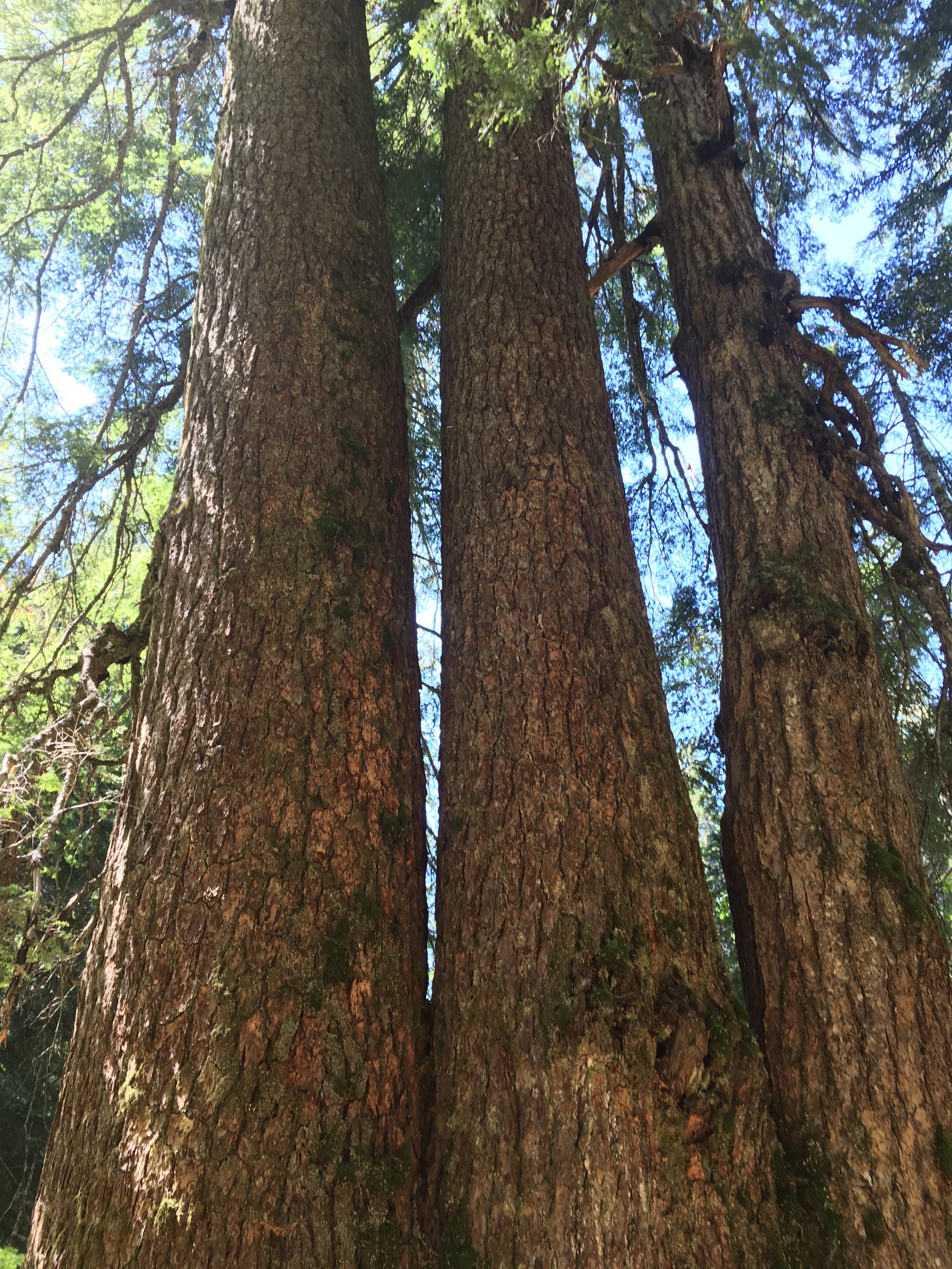
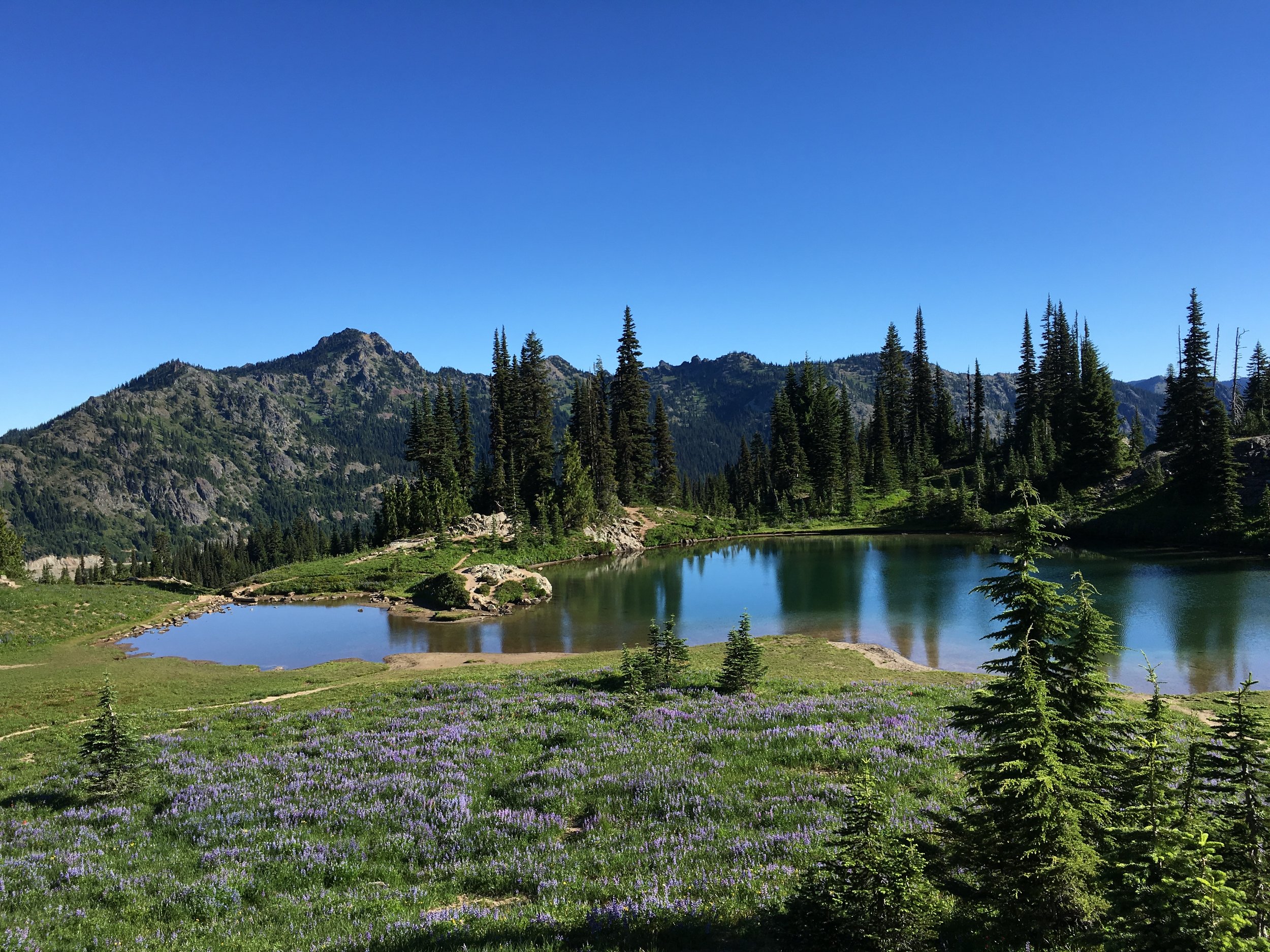
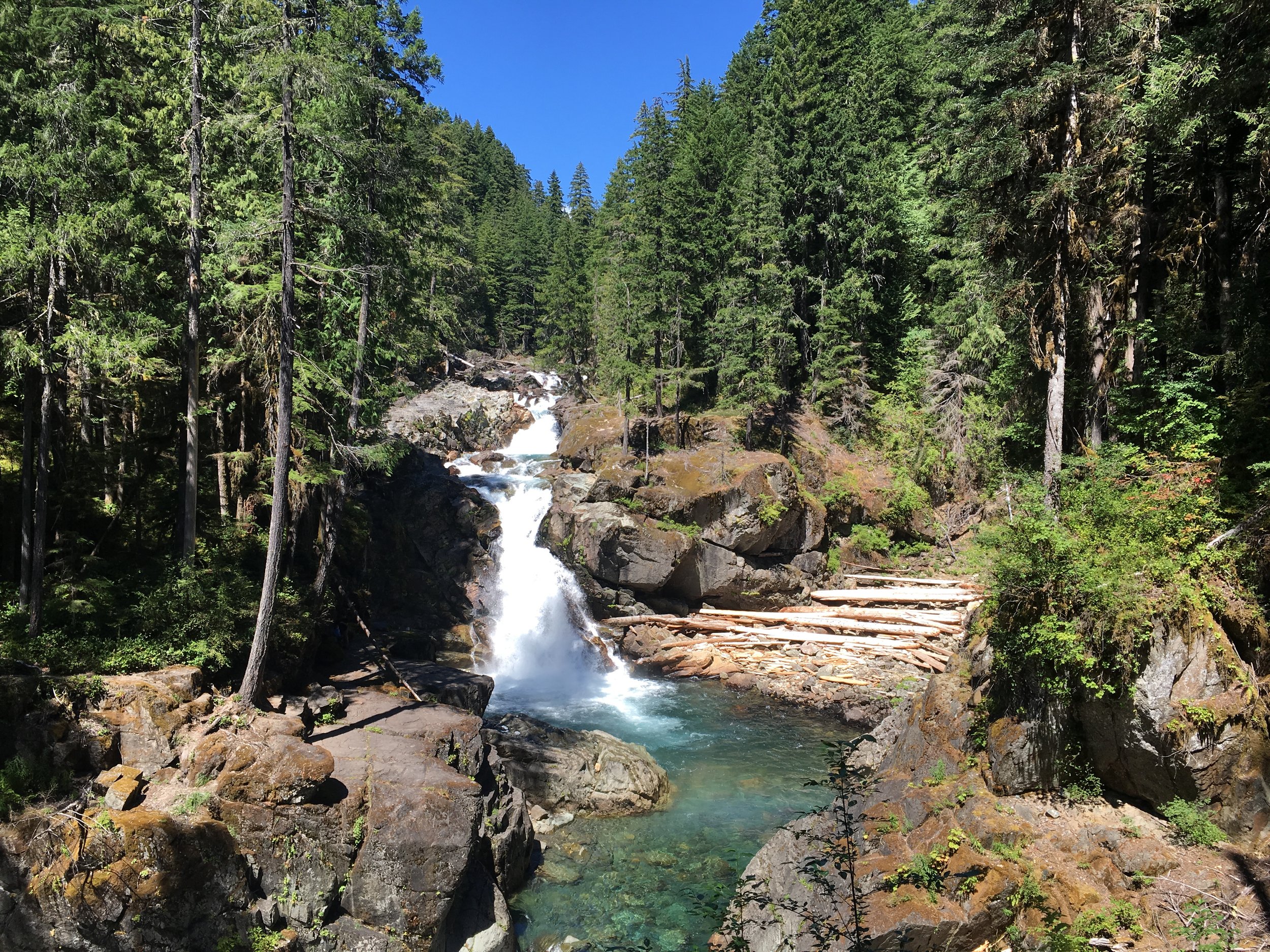
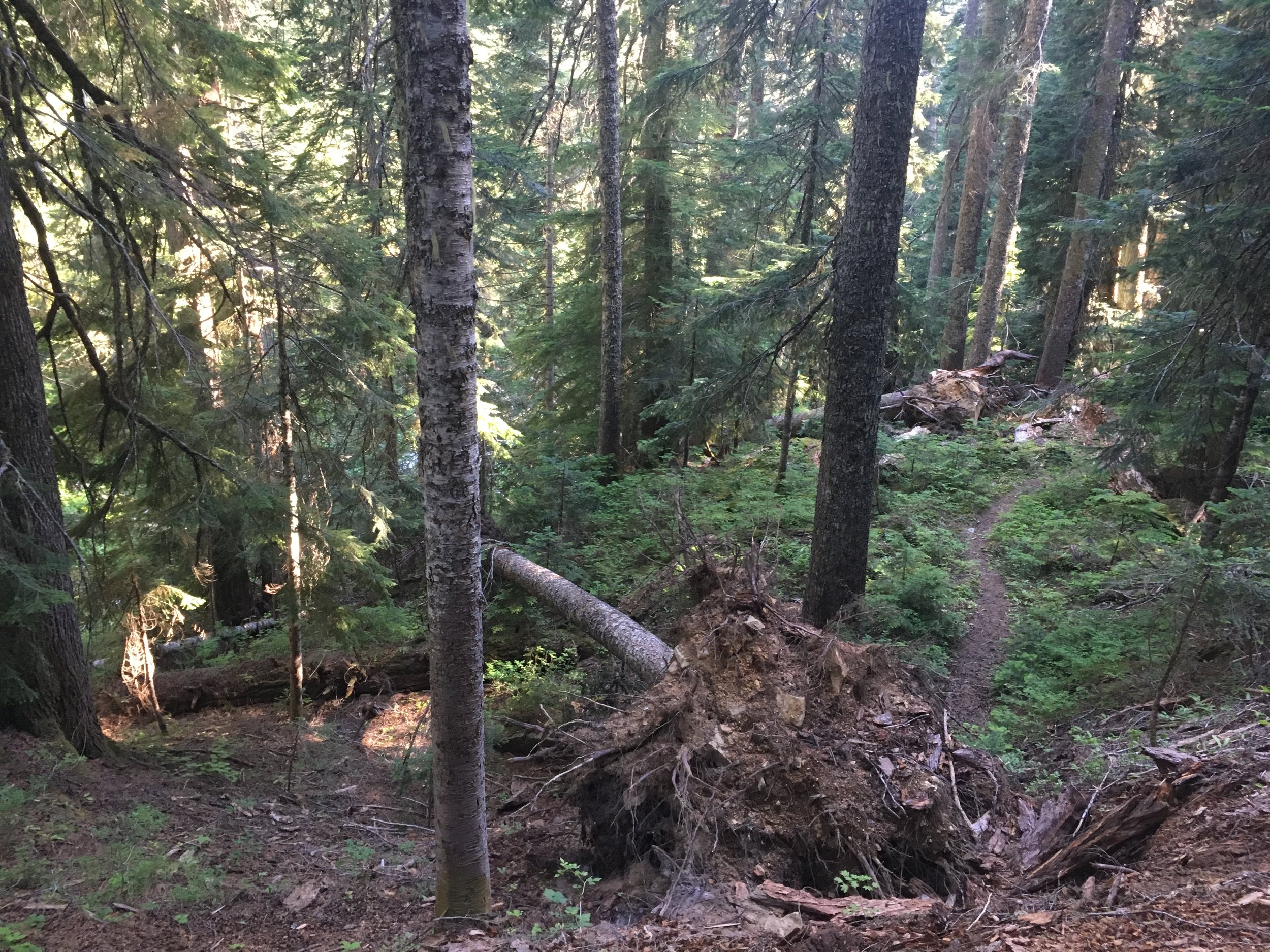
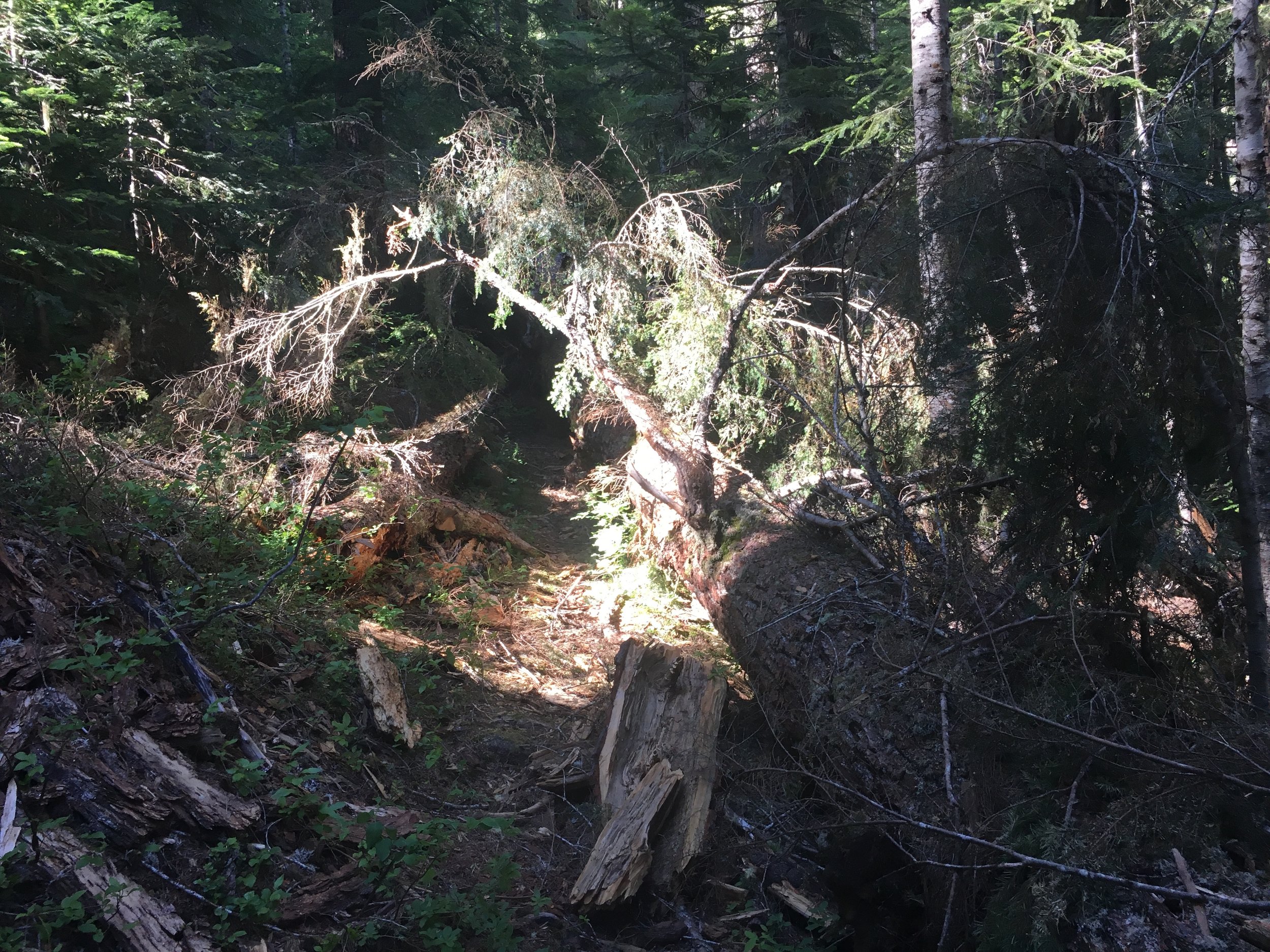 After it was all said and done, I counted exactly
After it was all said and done, I counted exactly 




